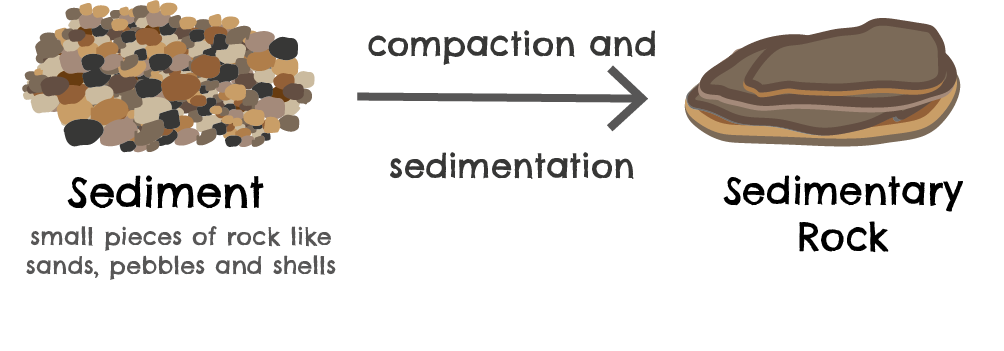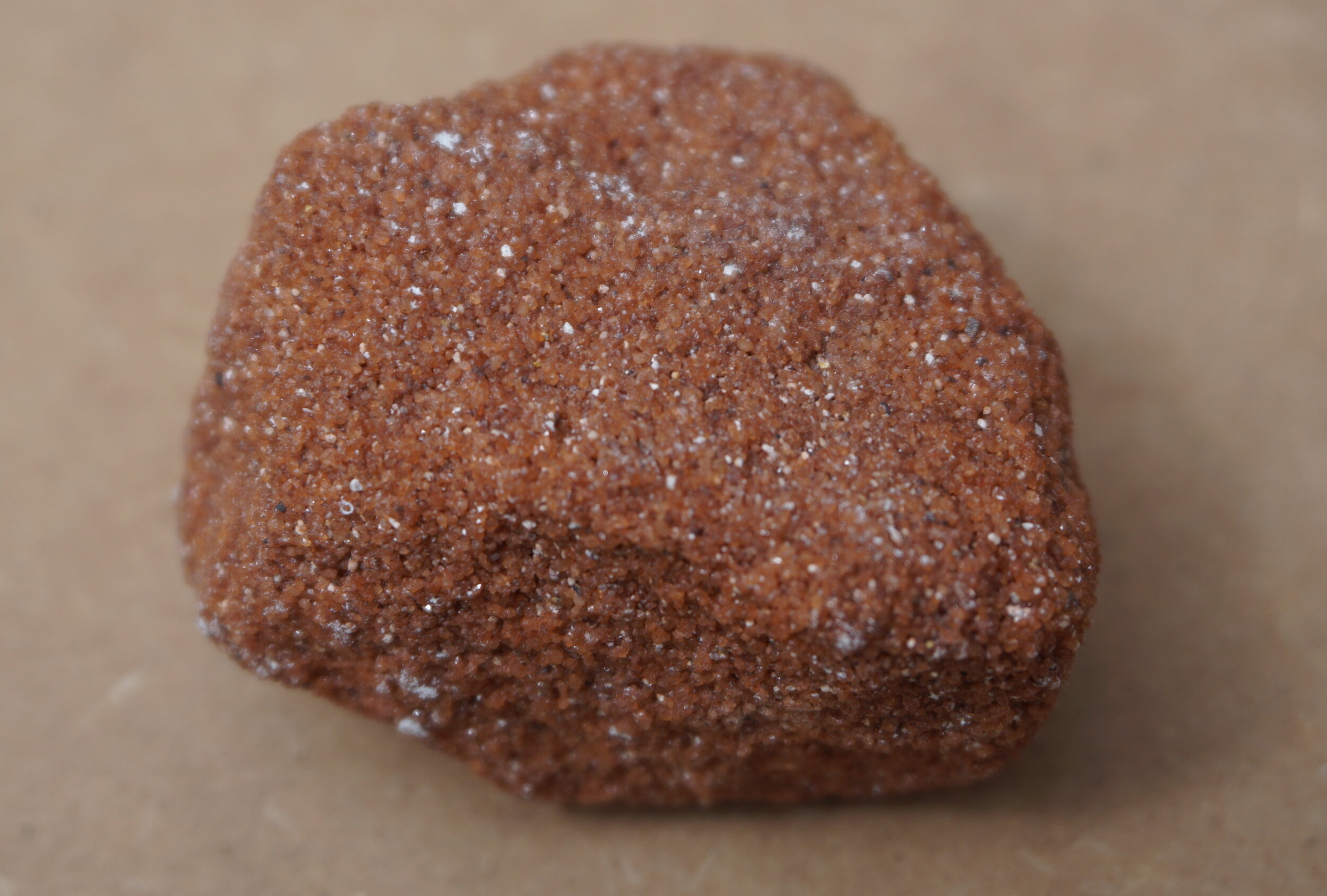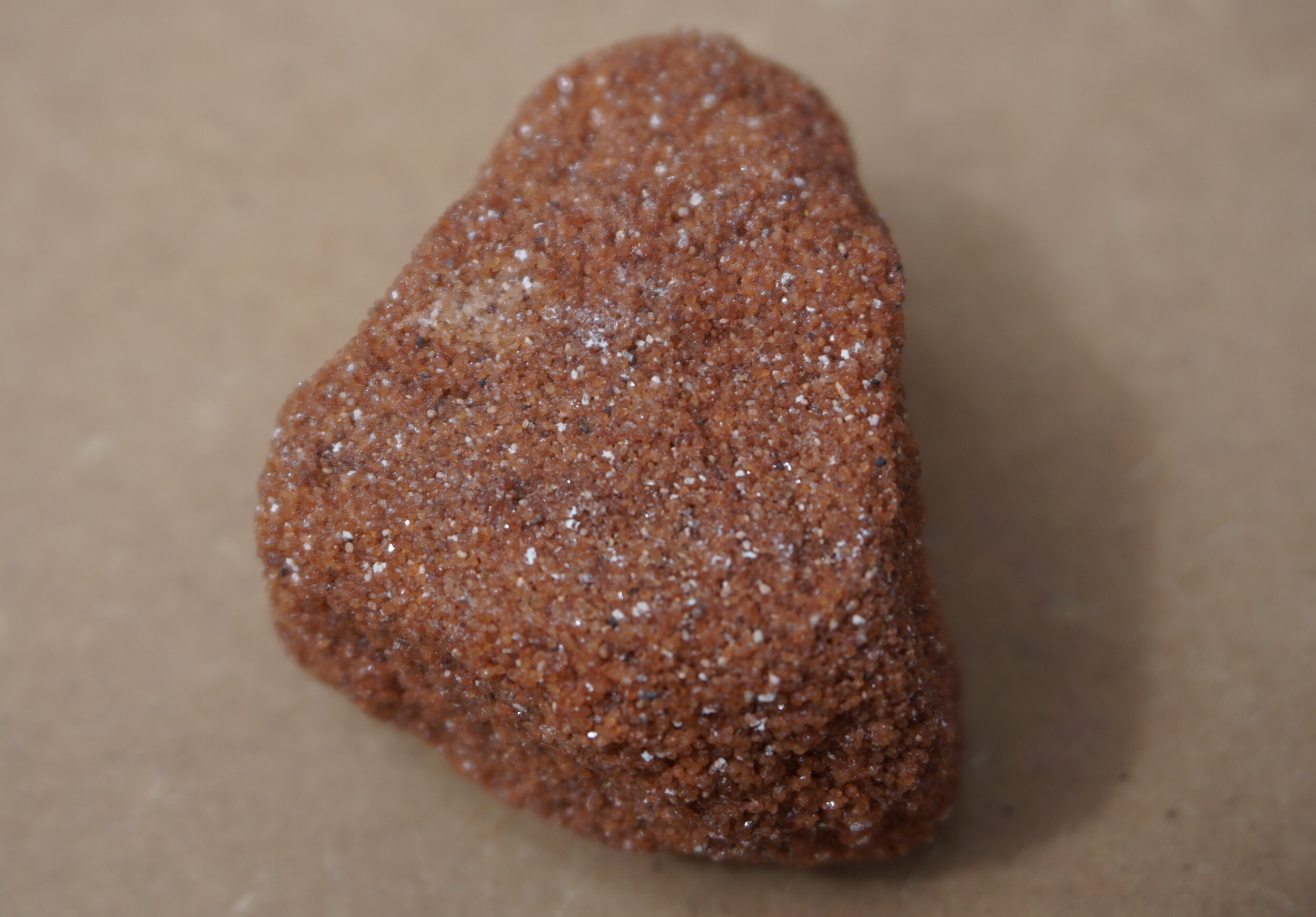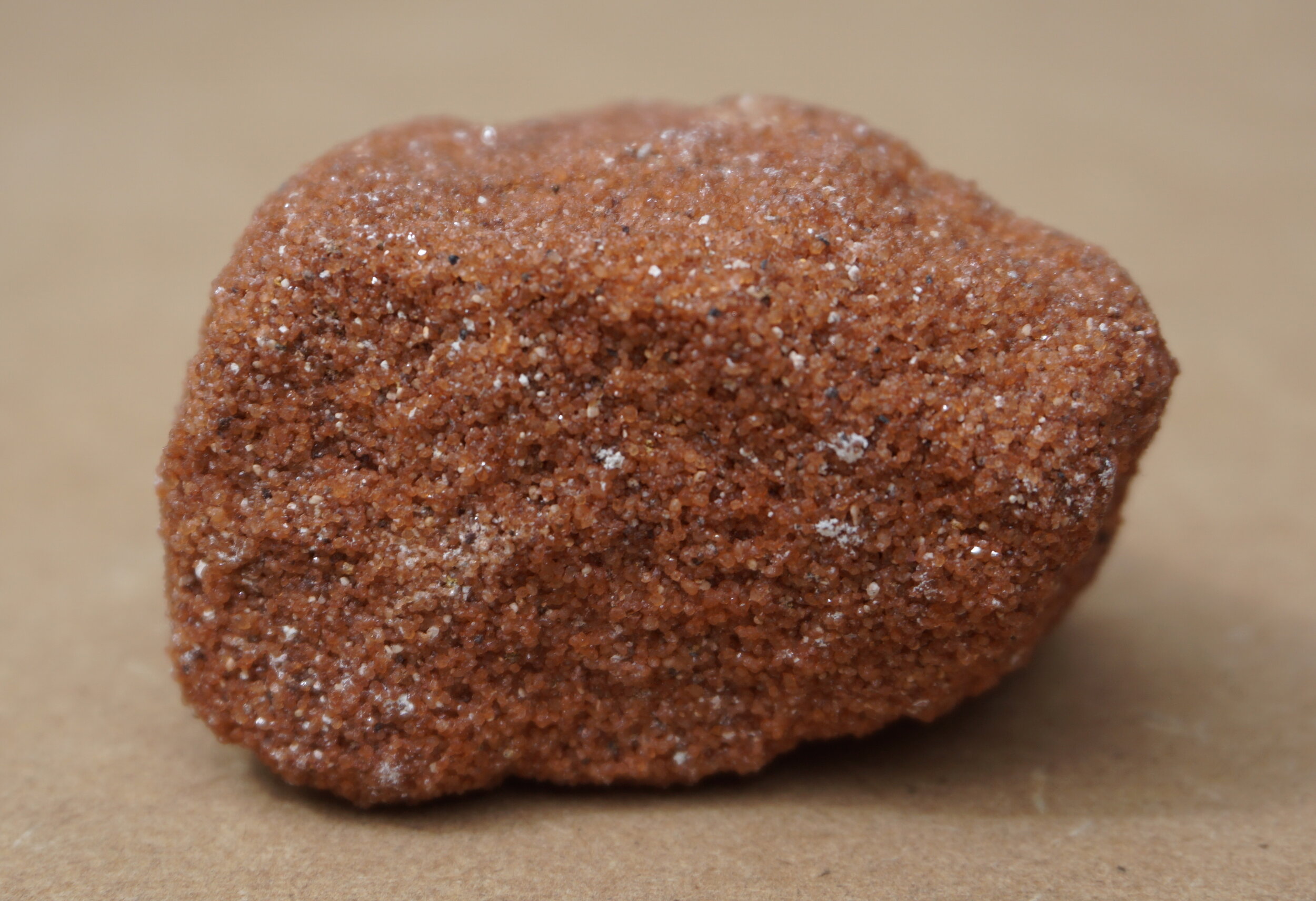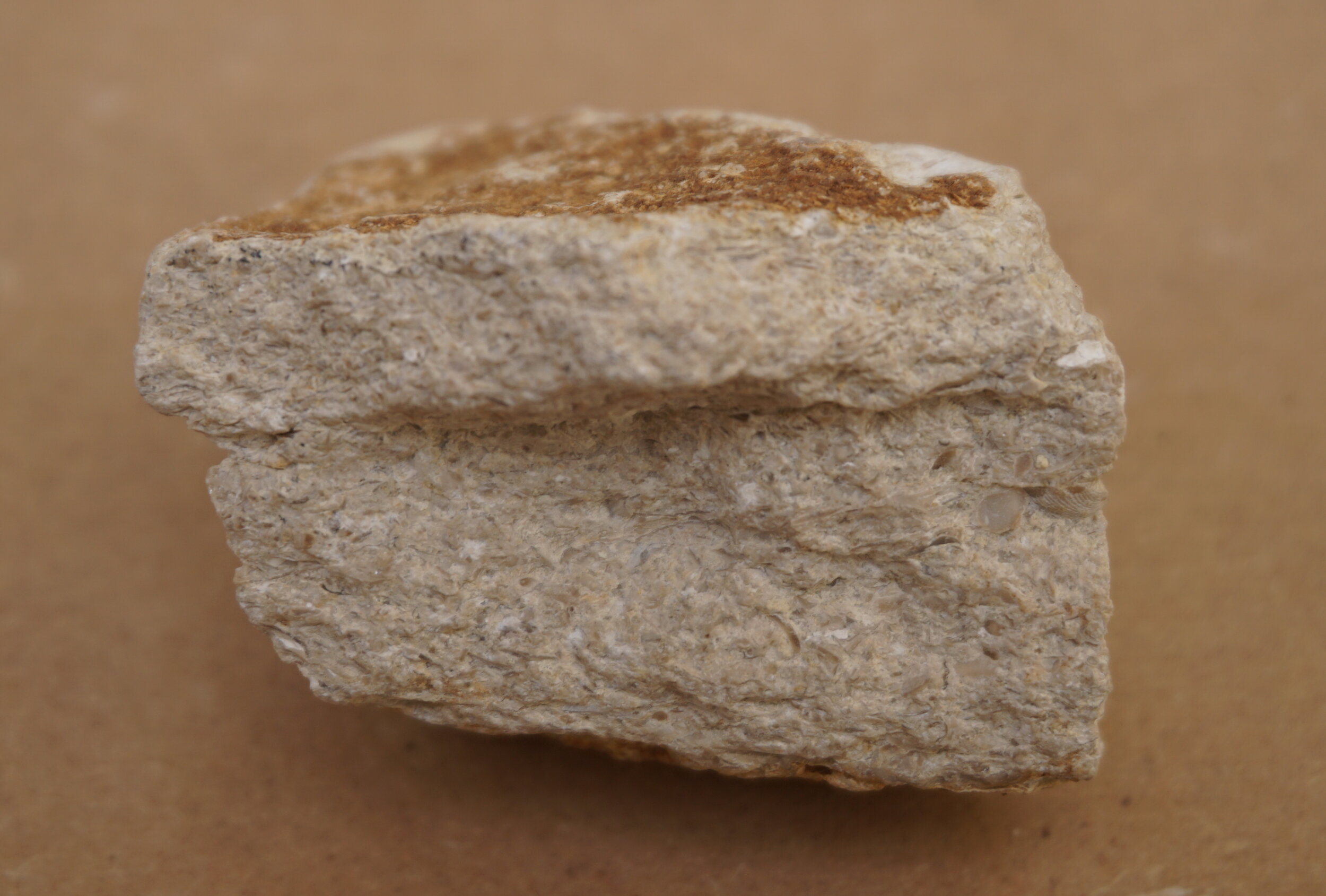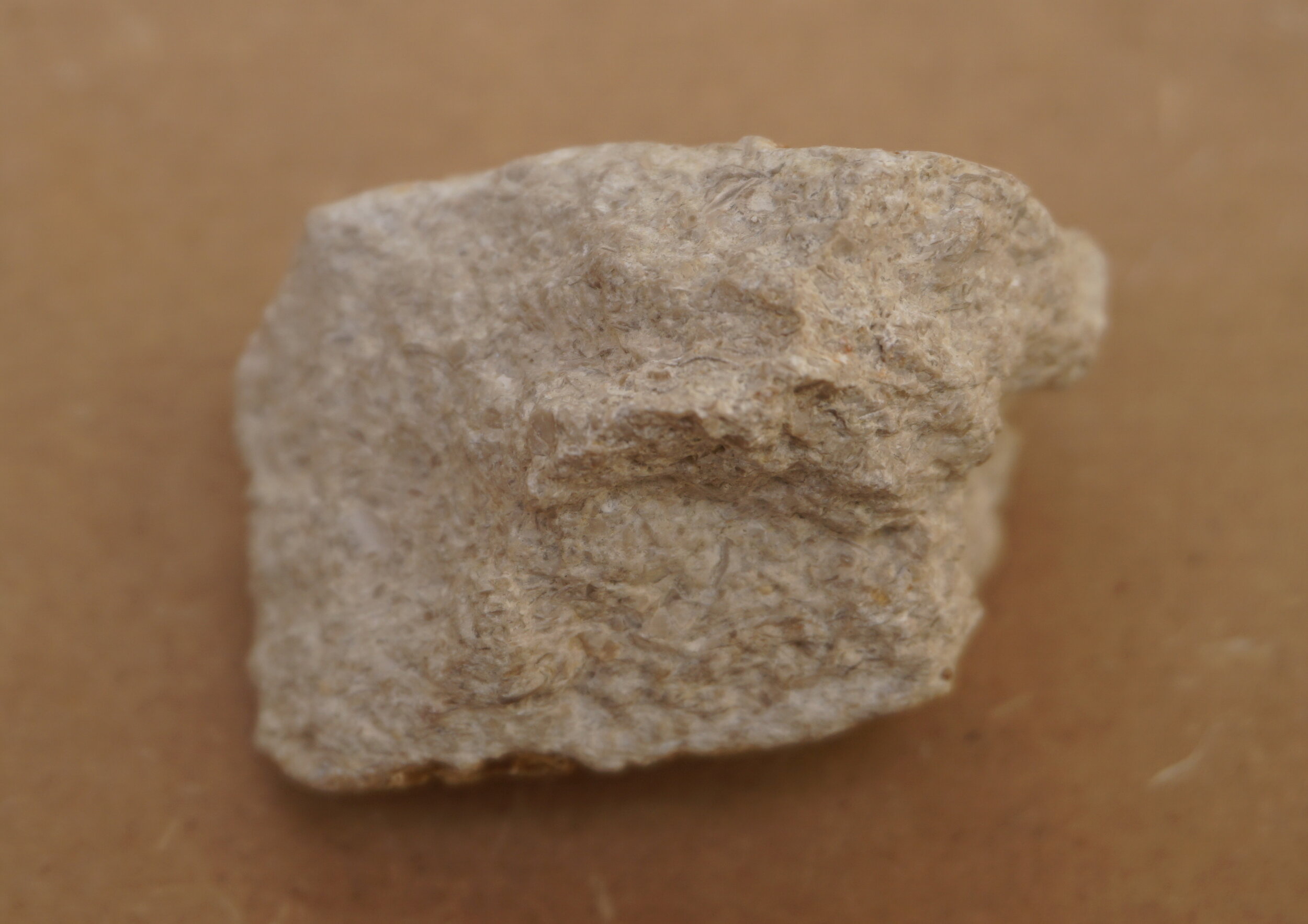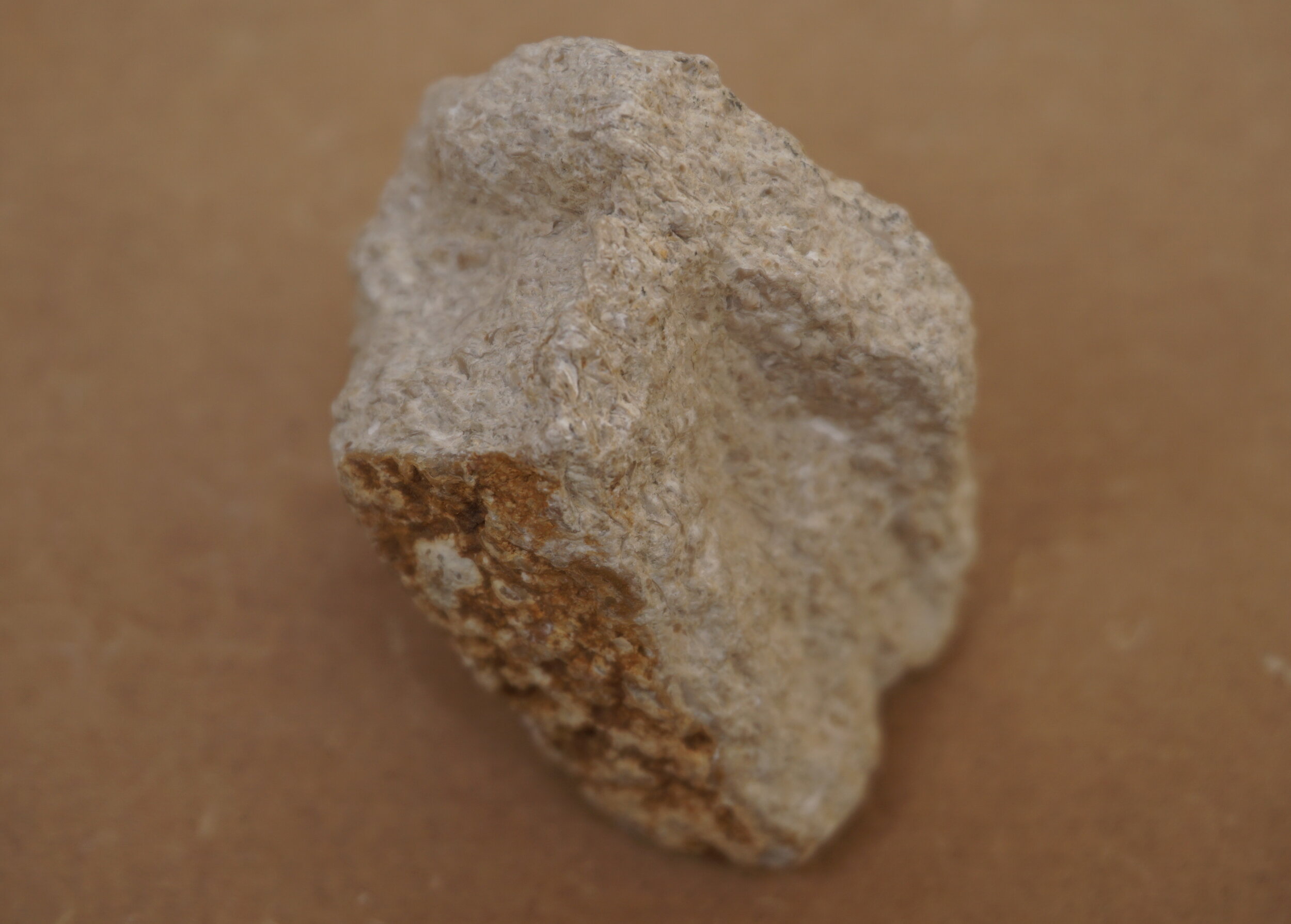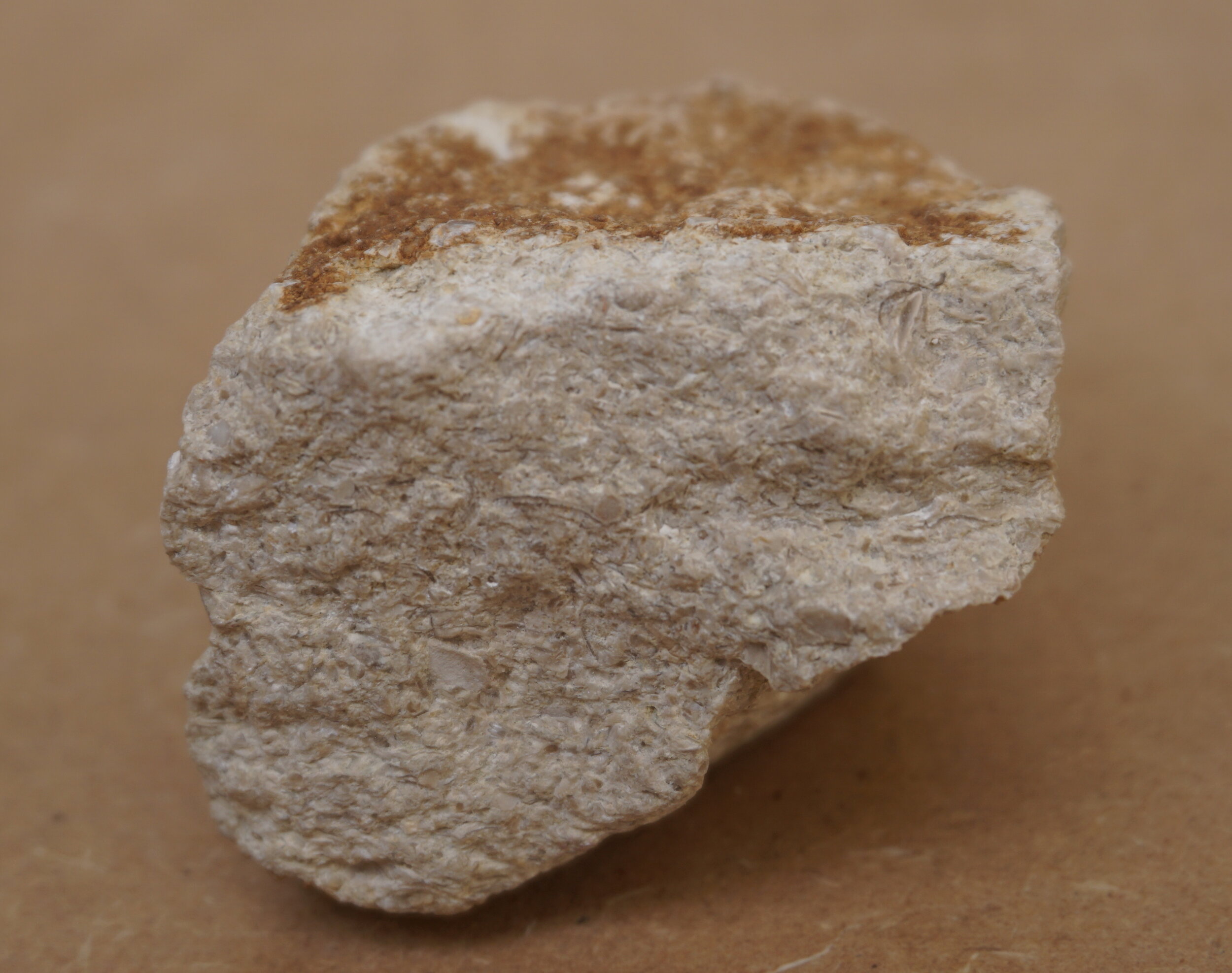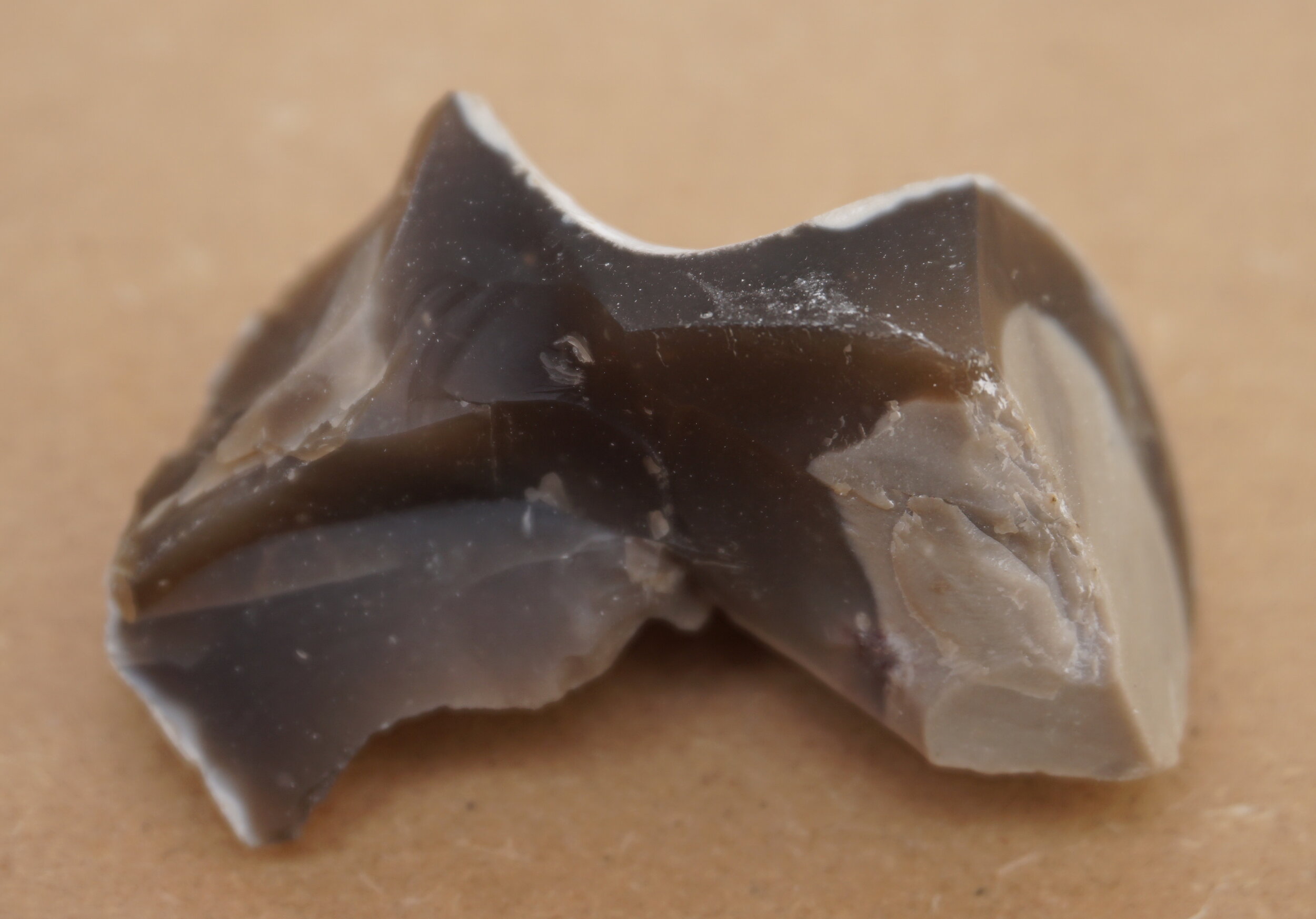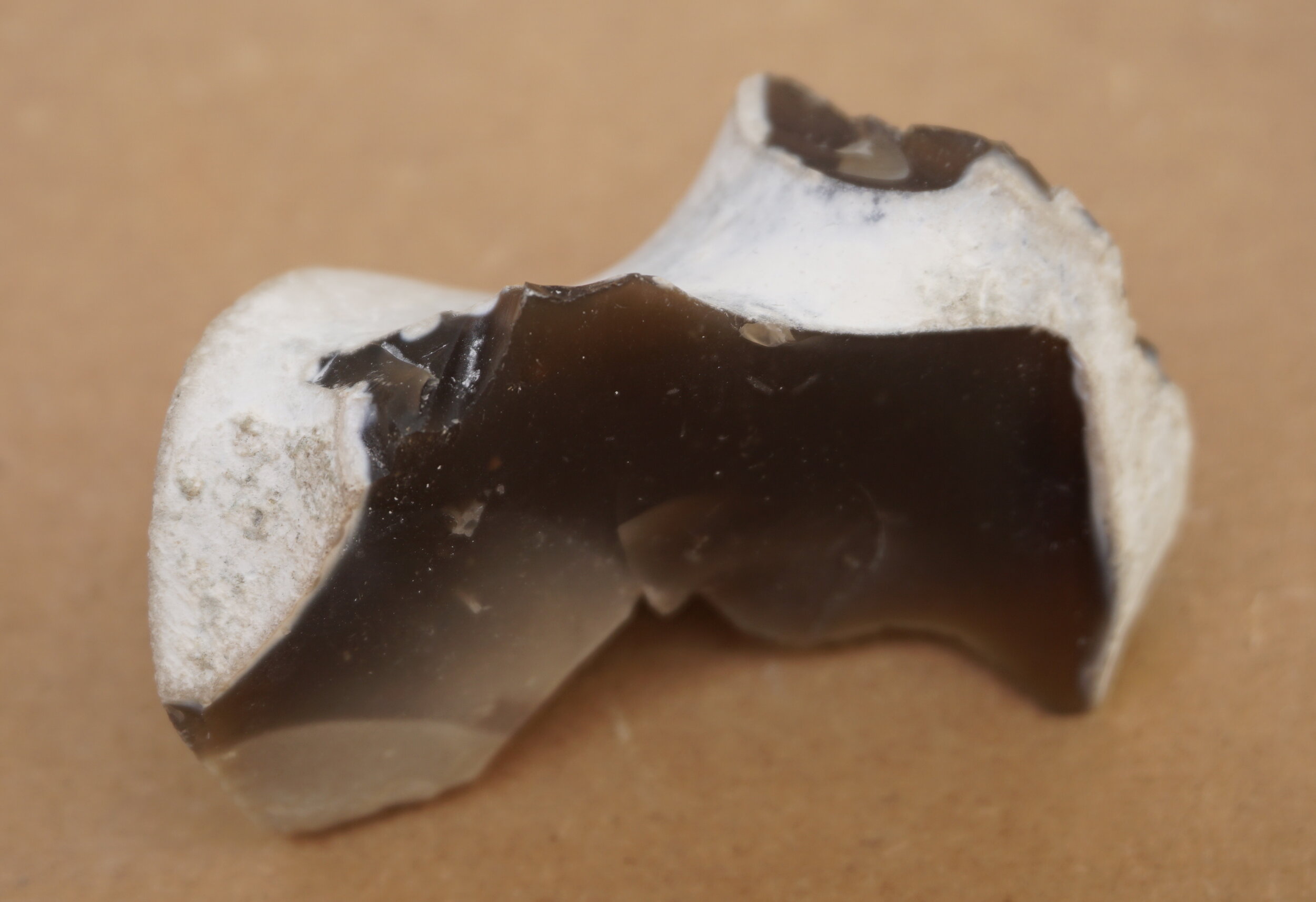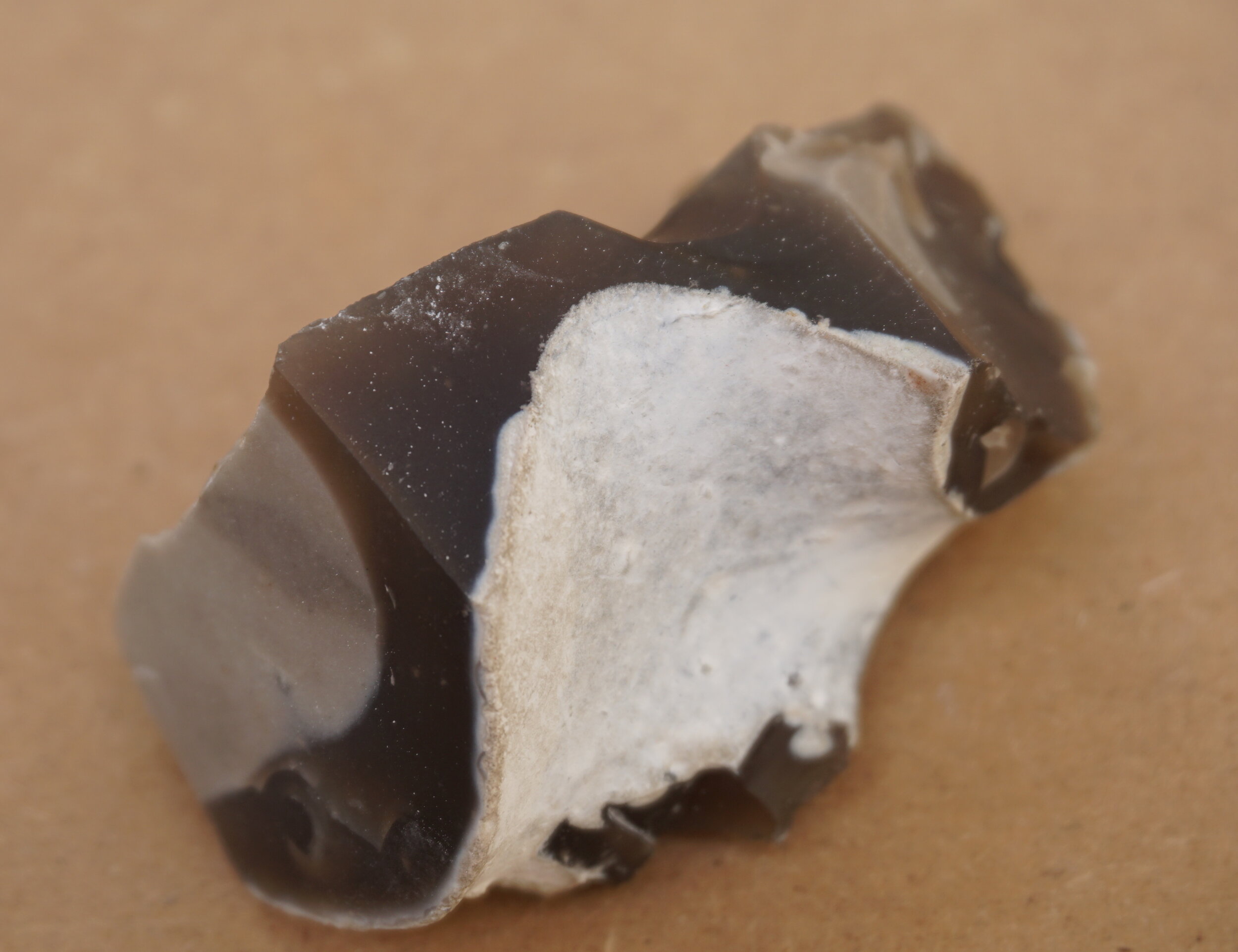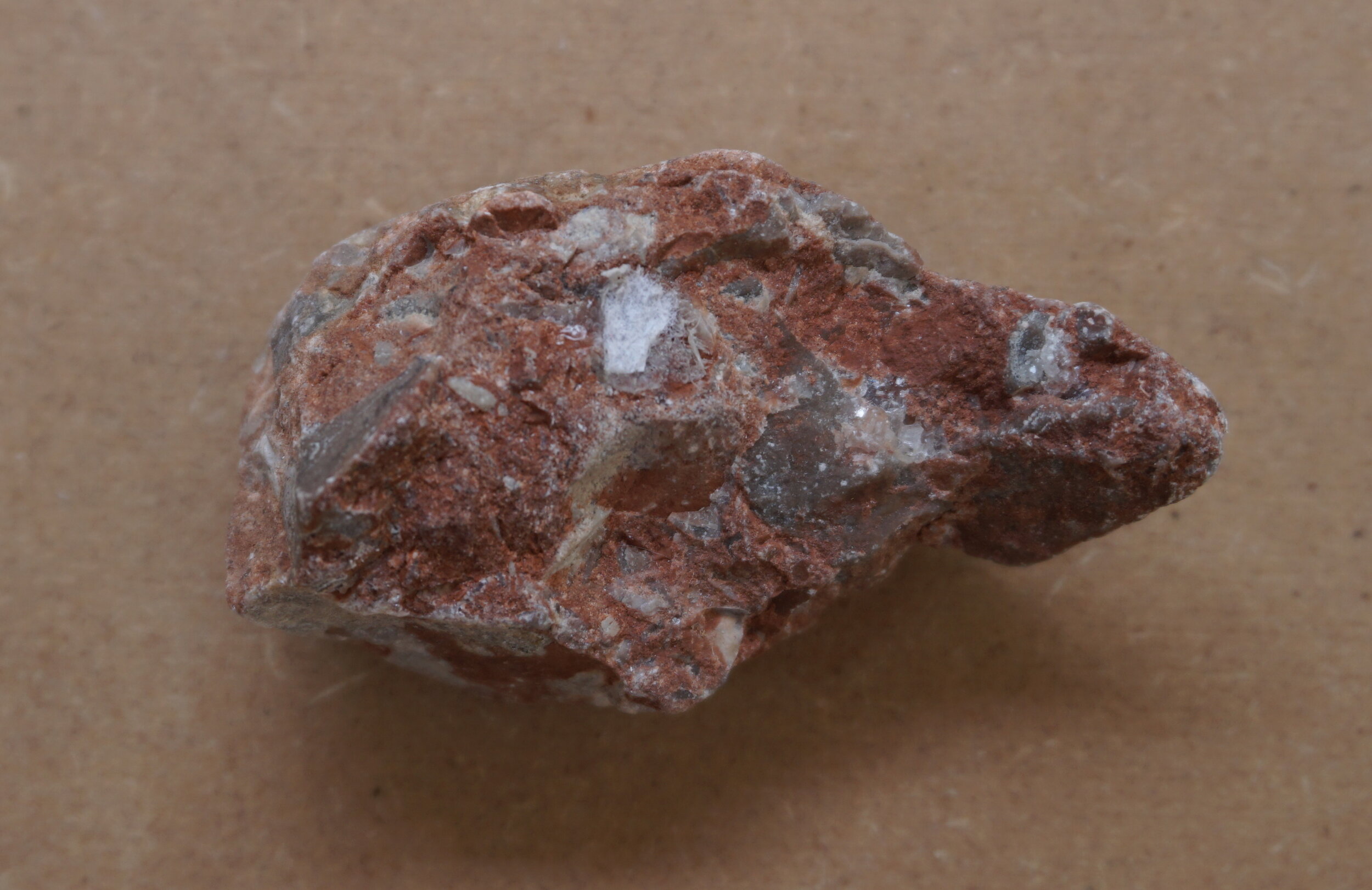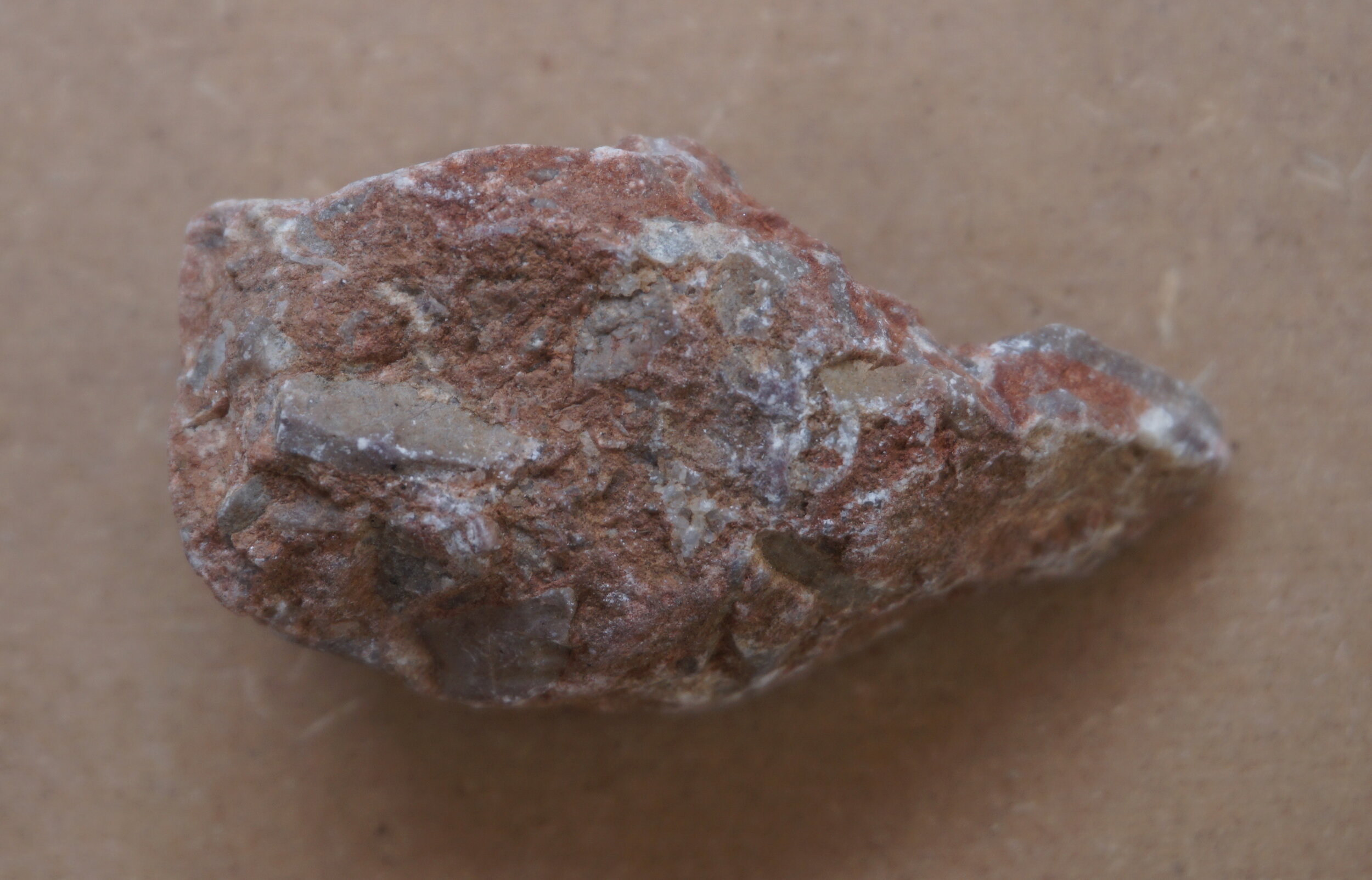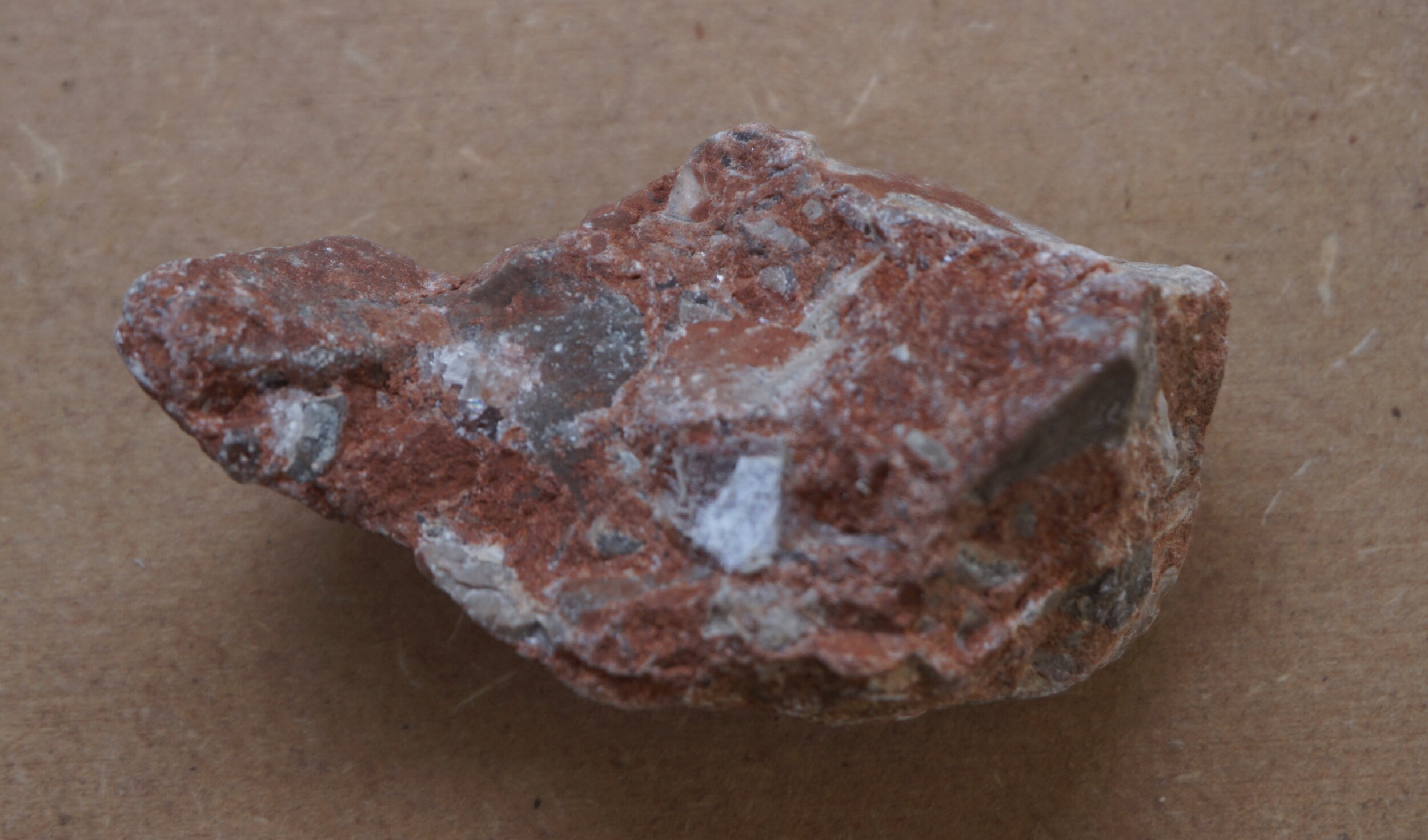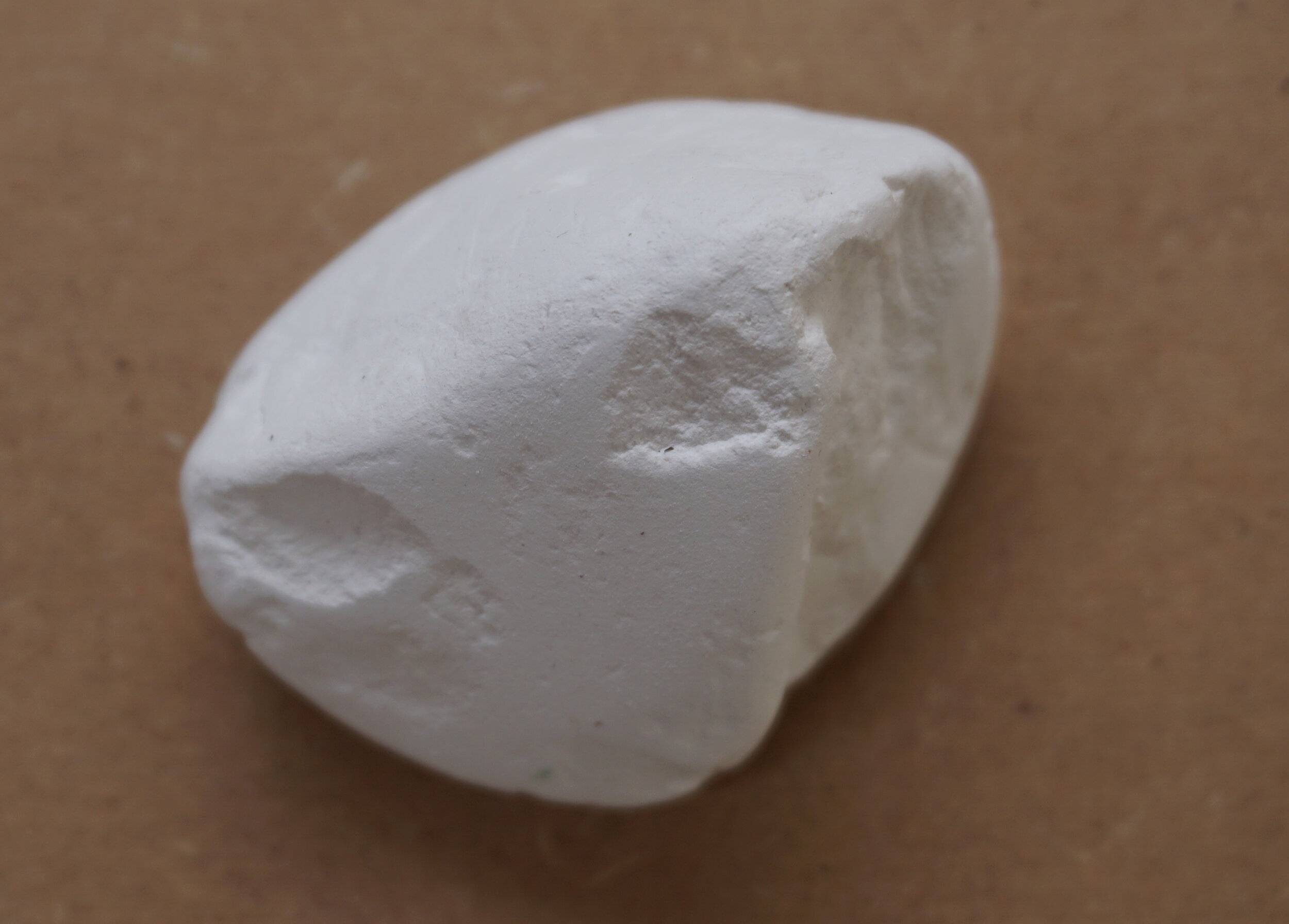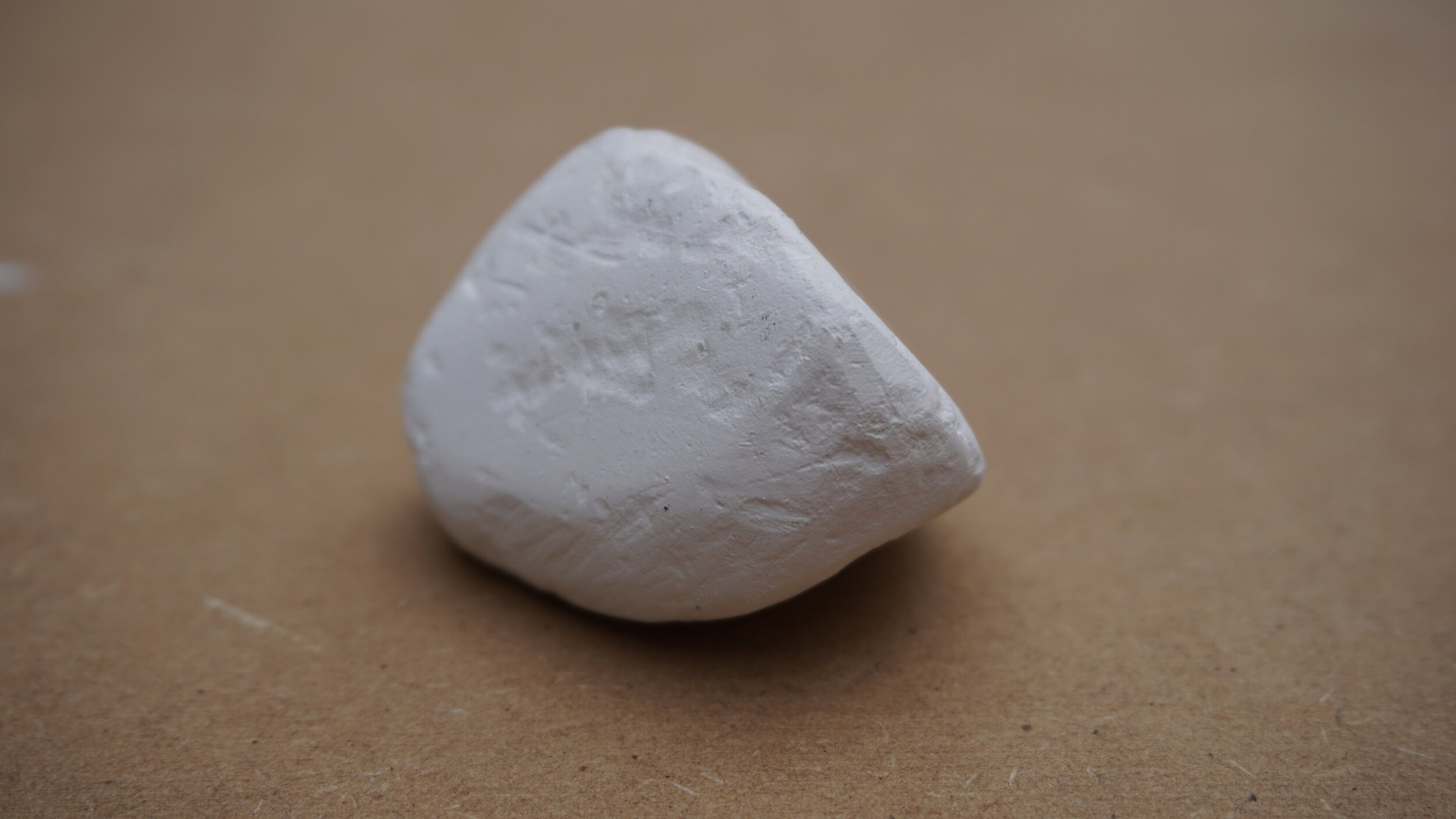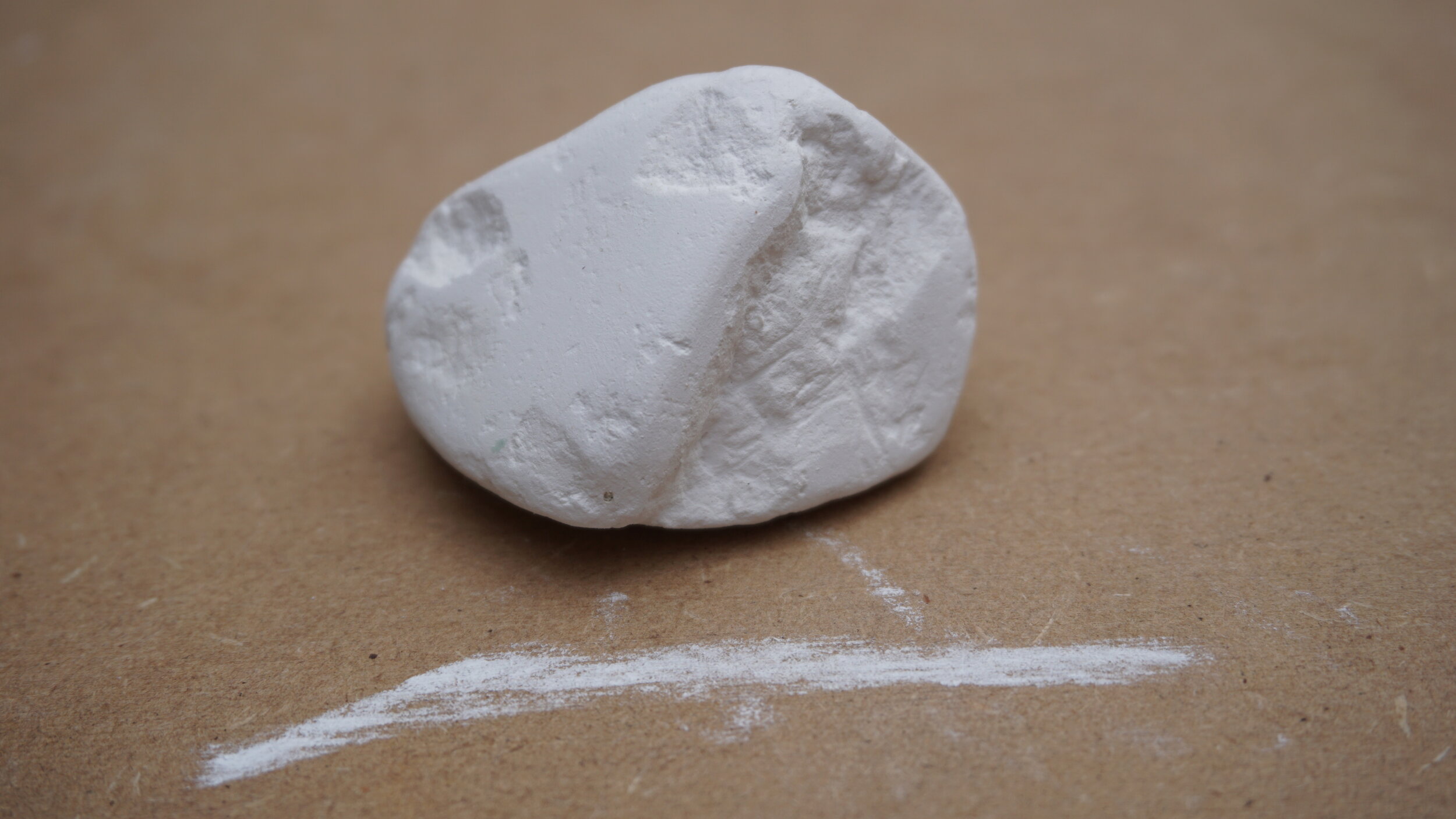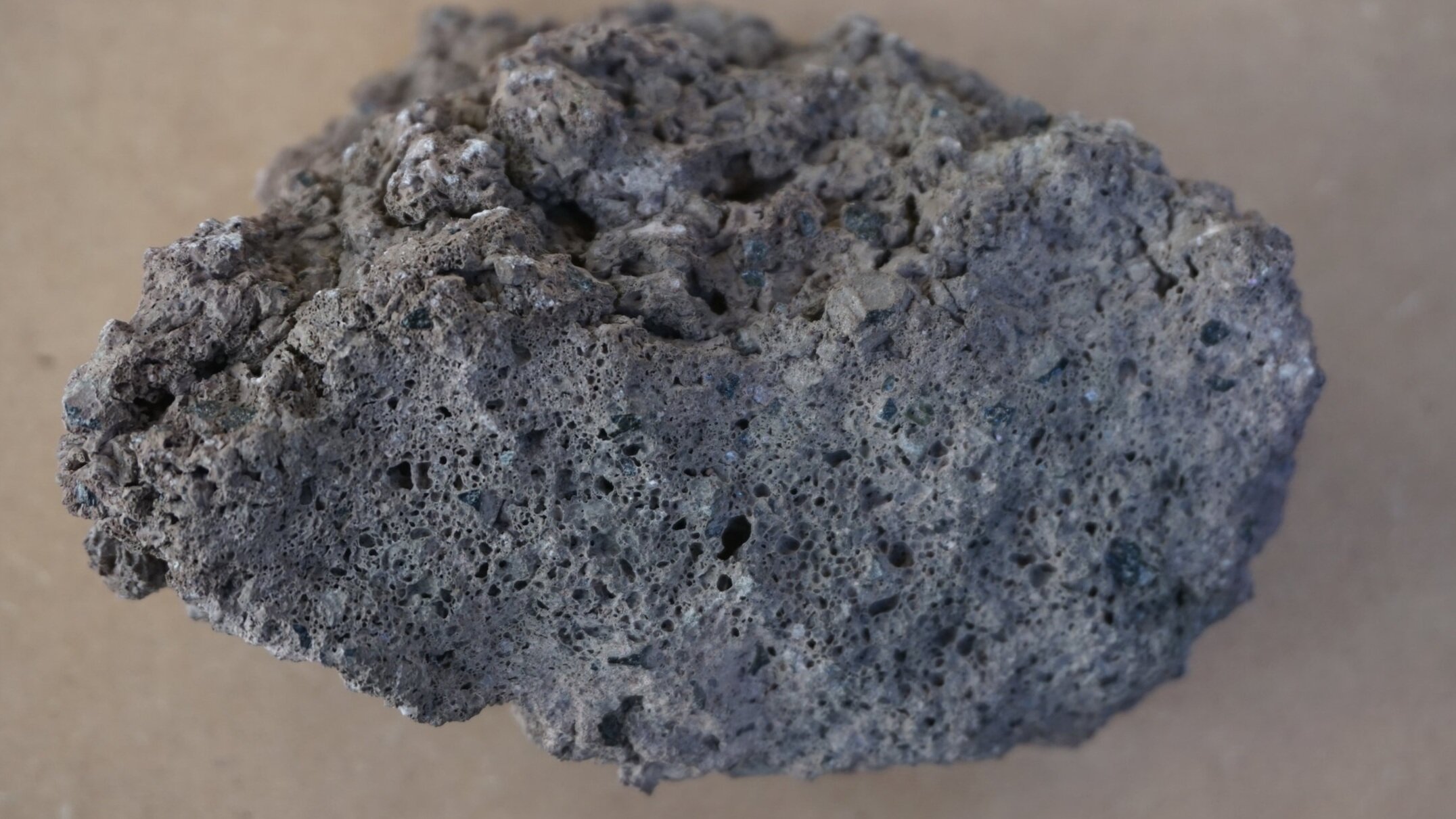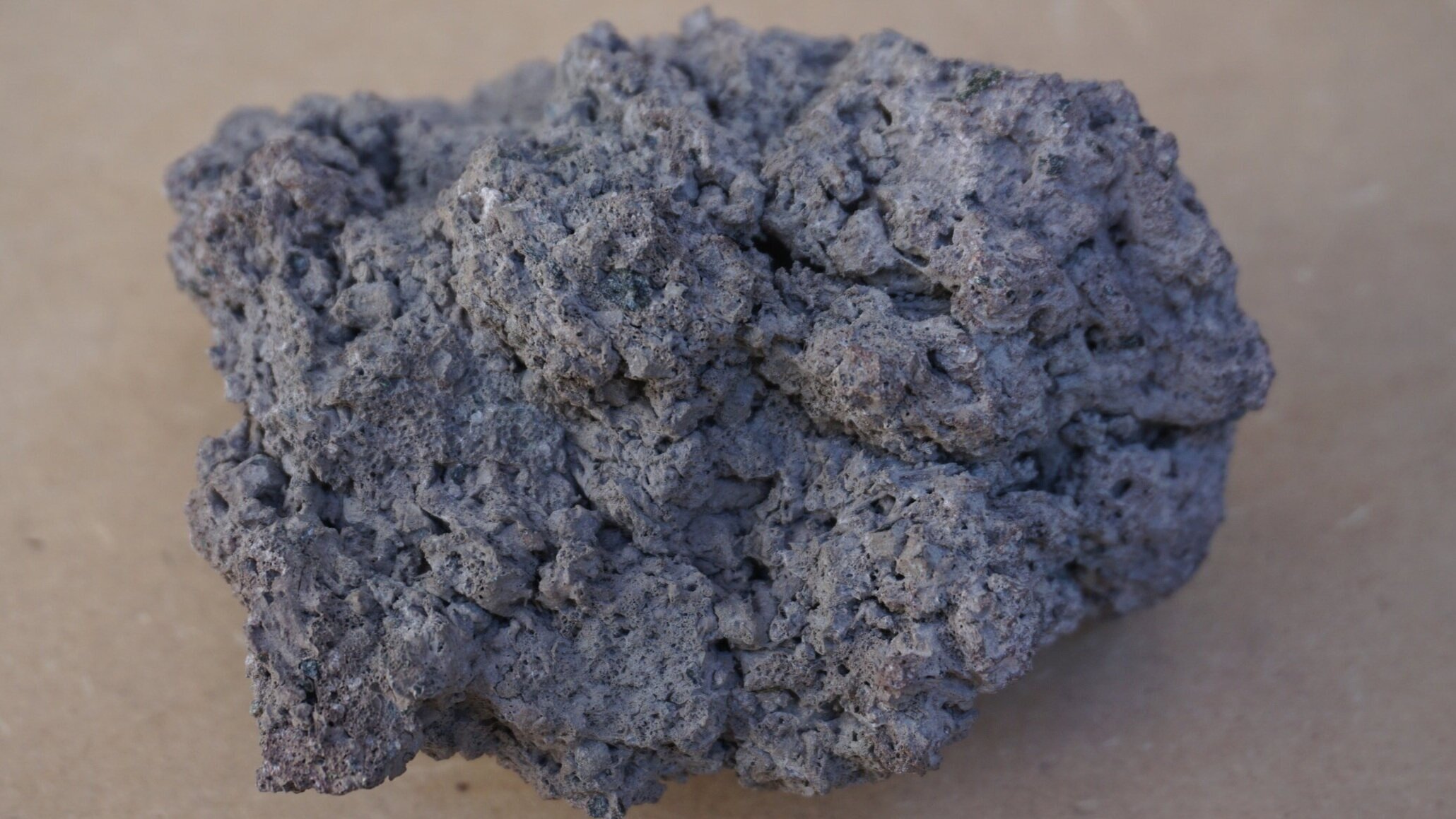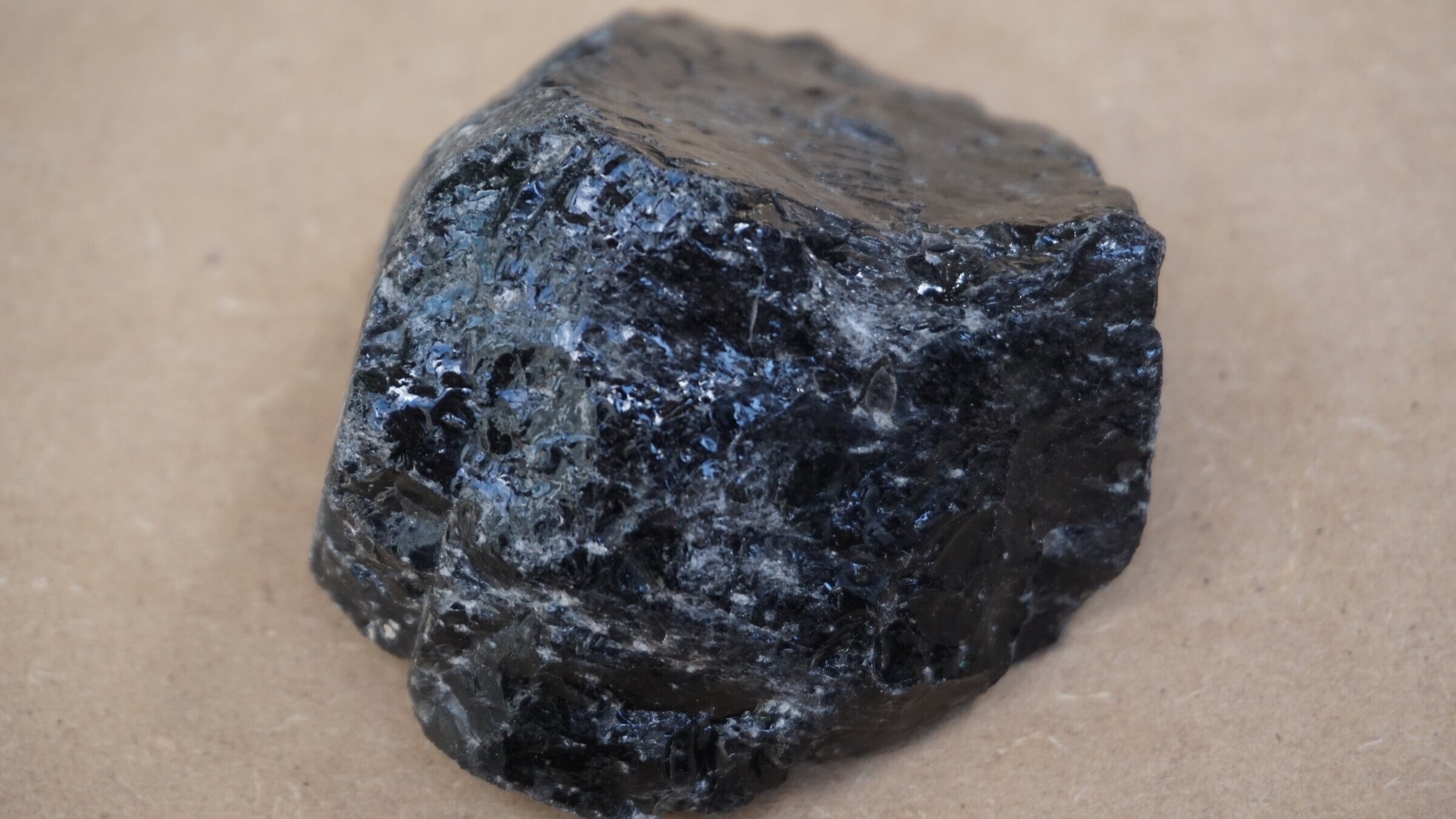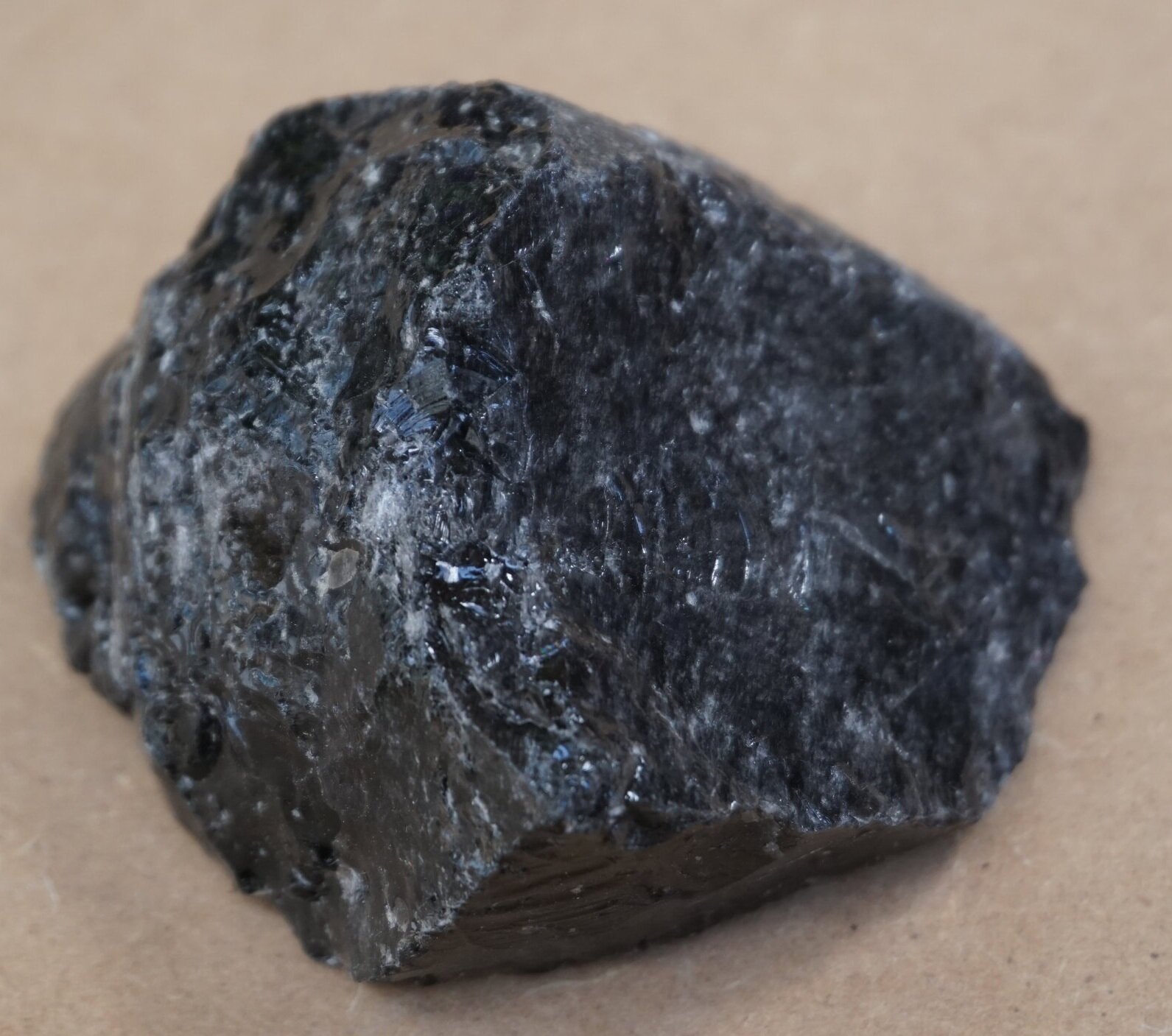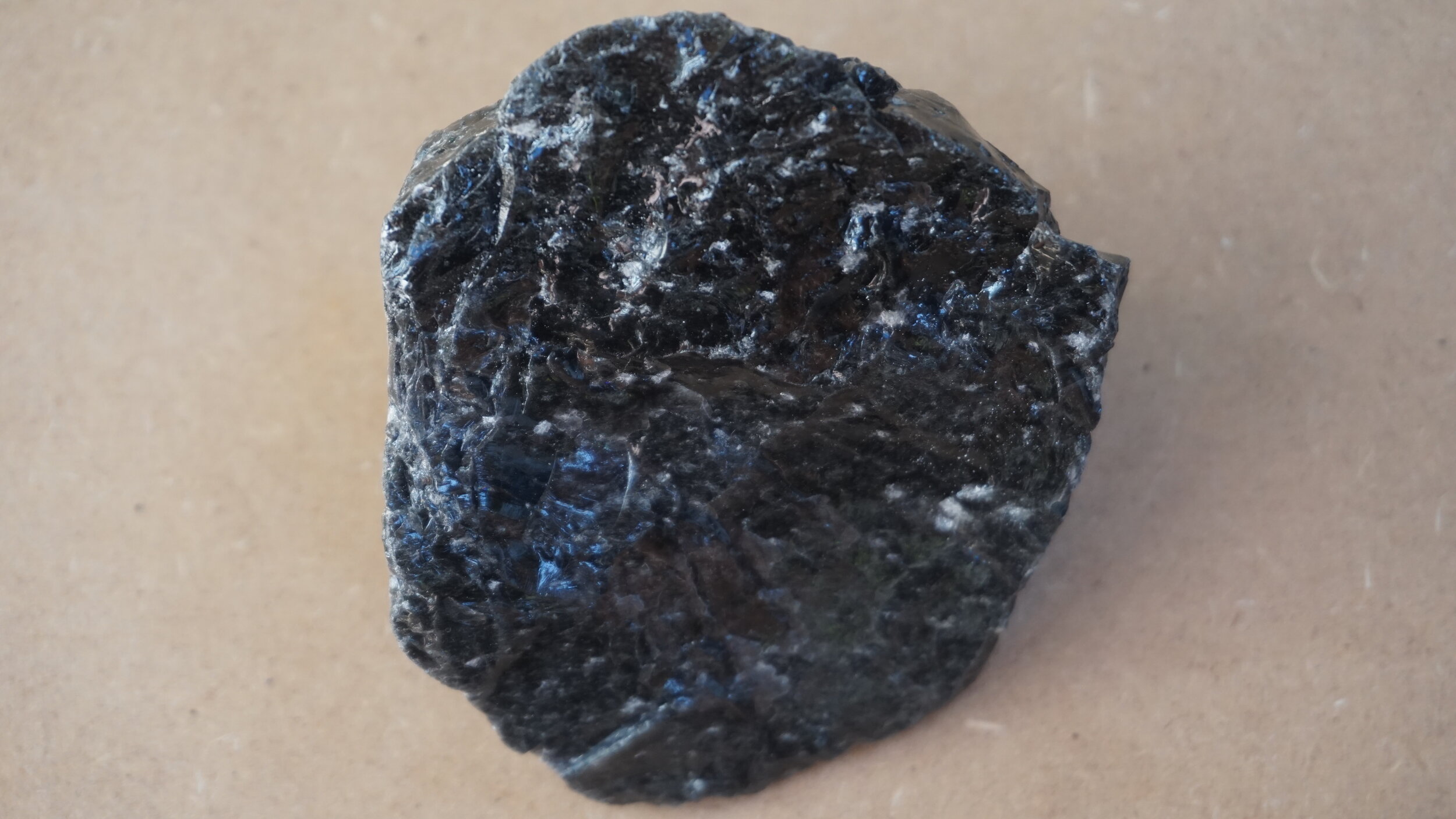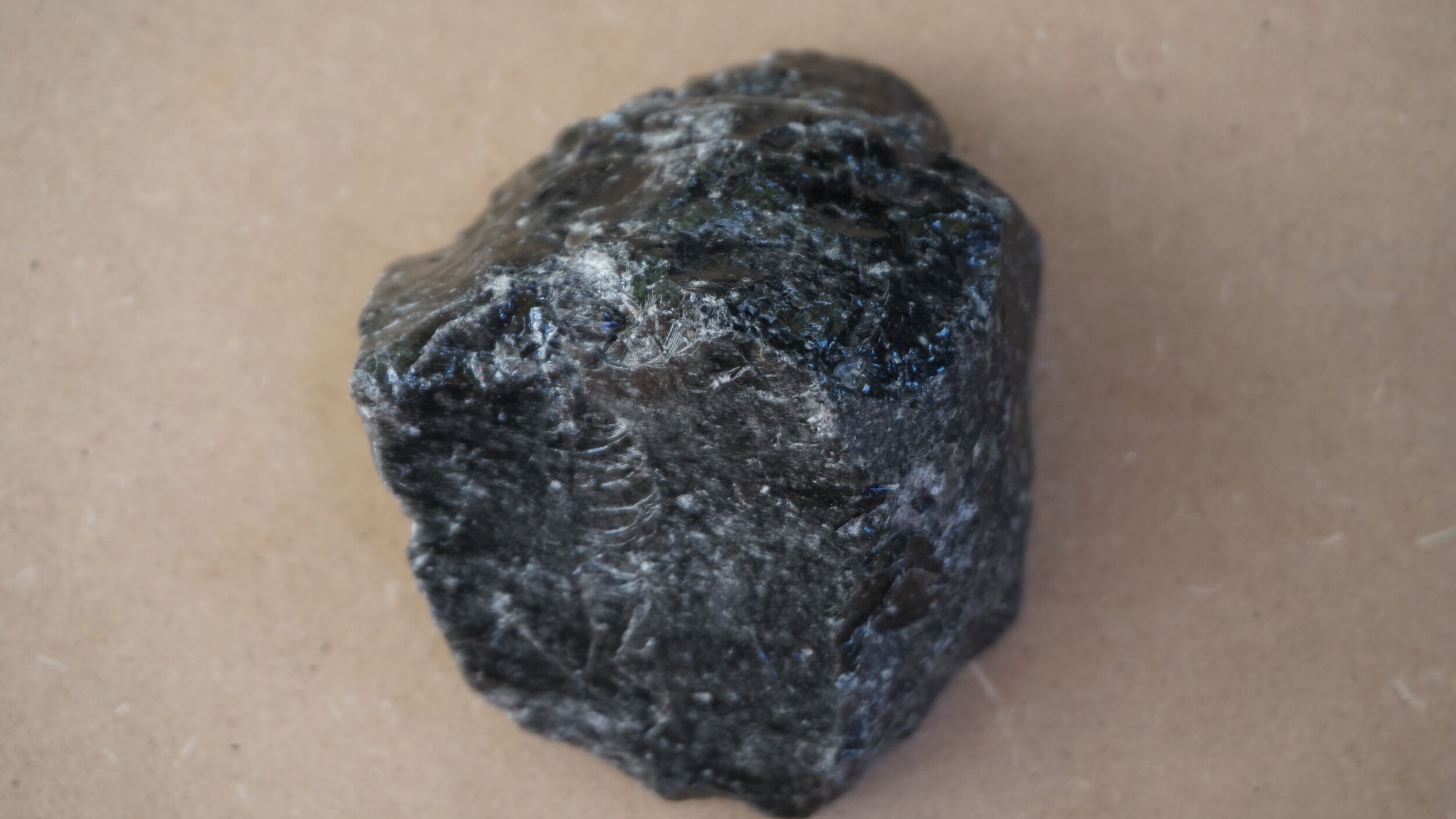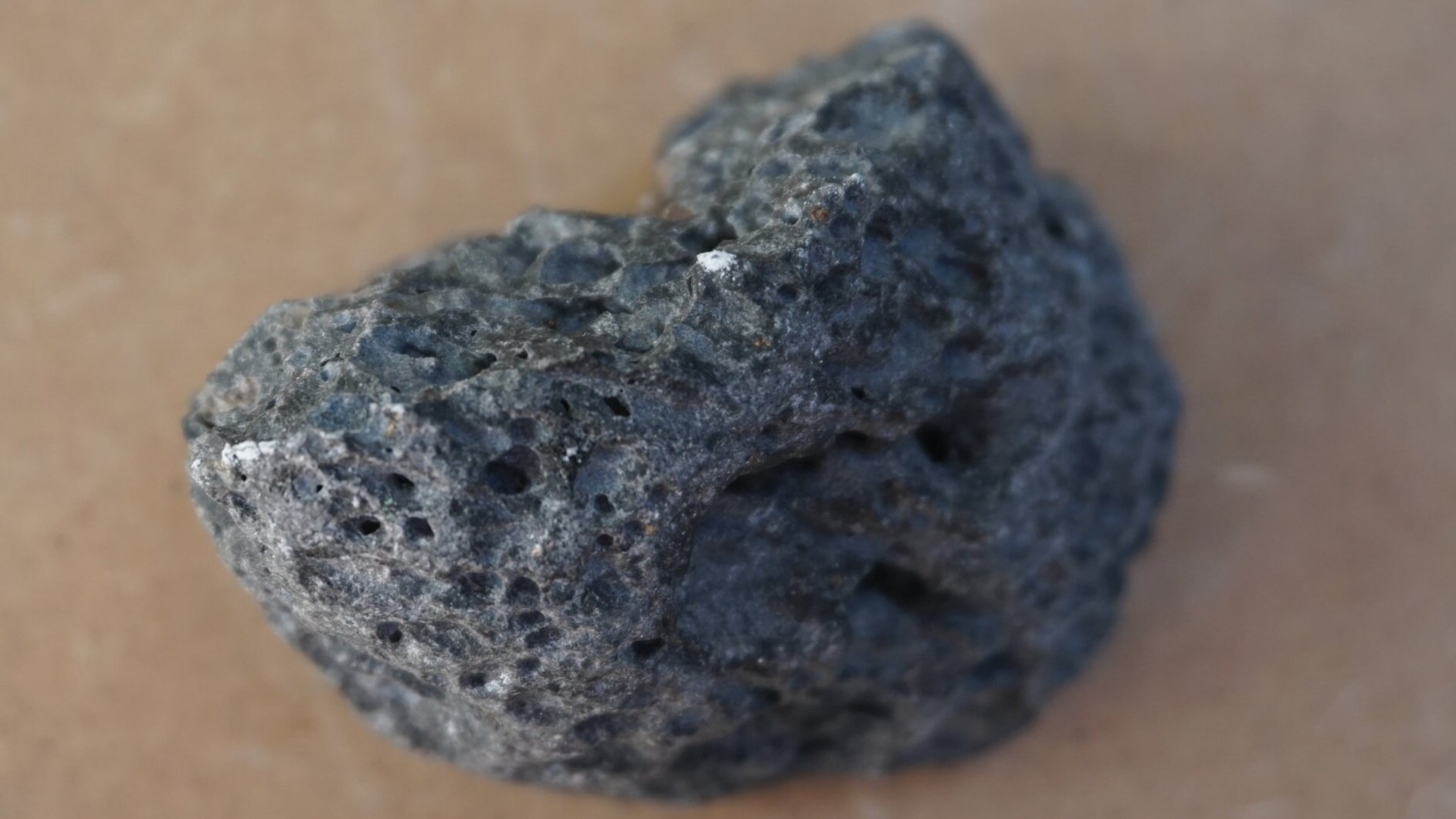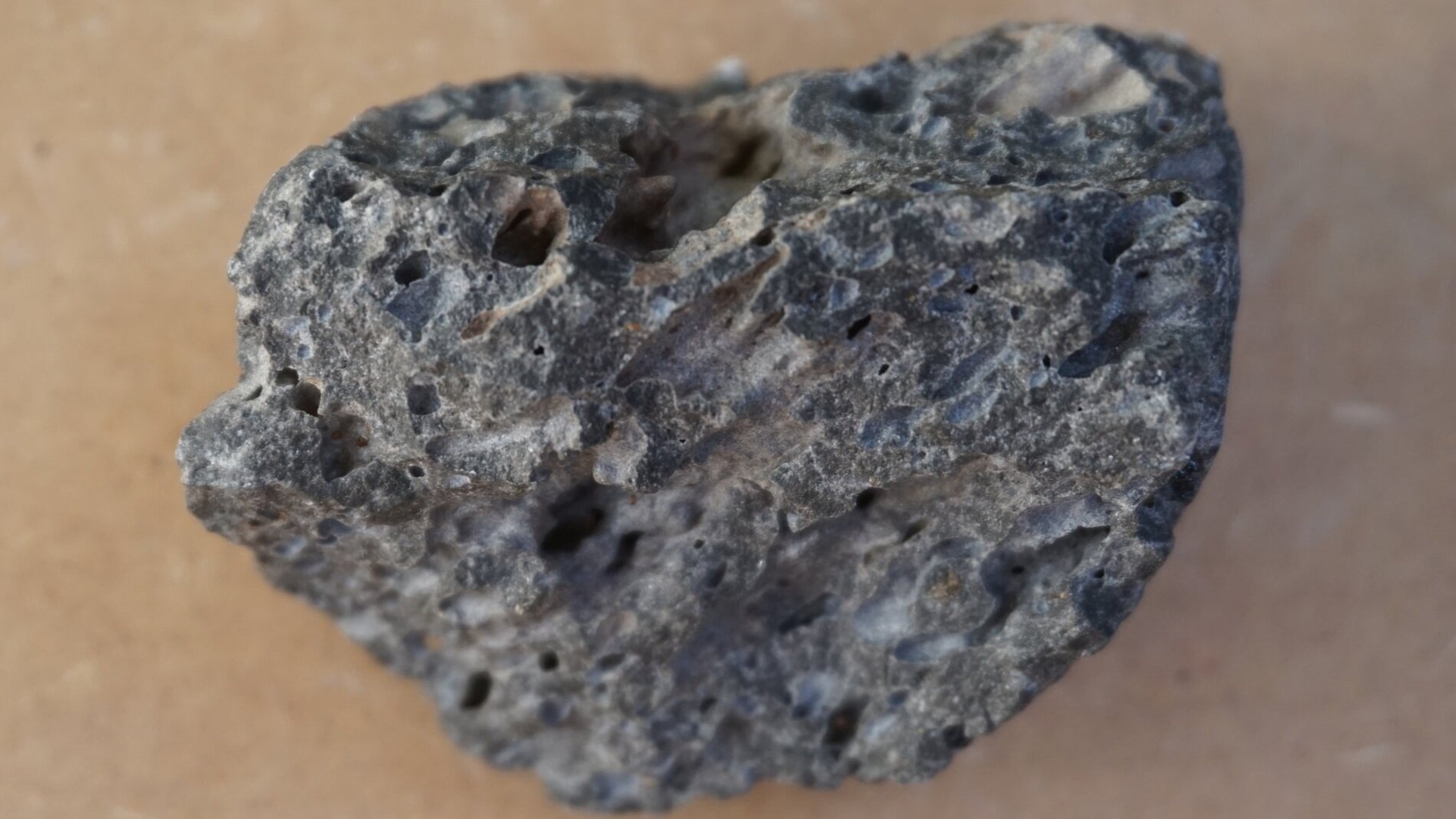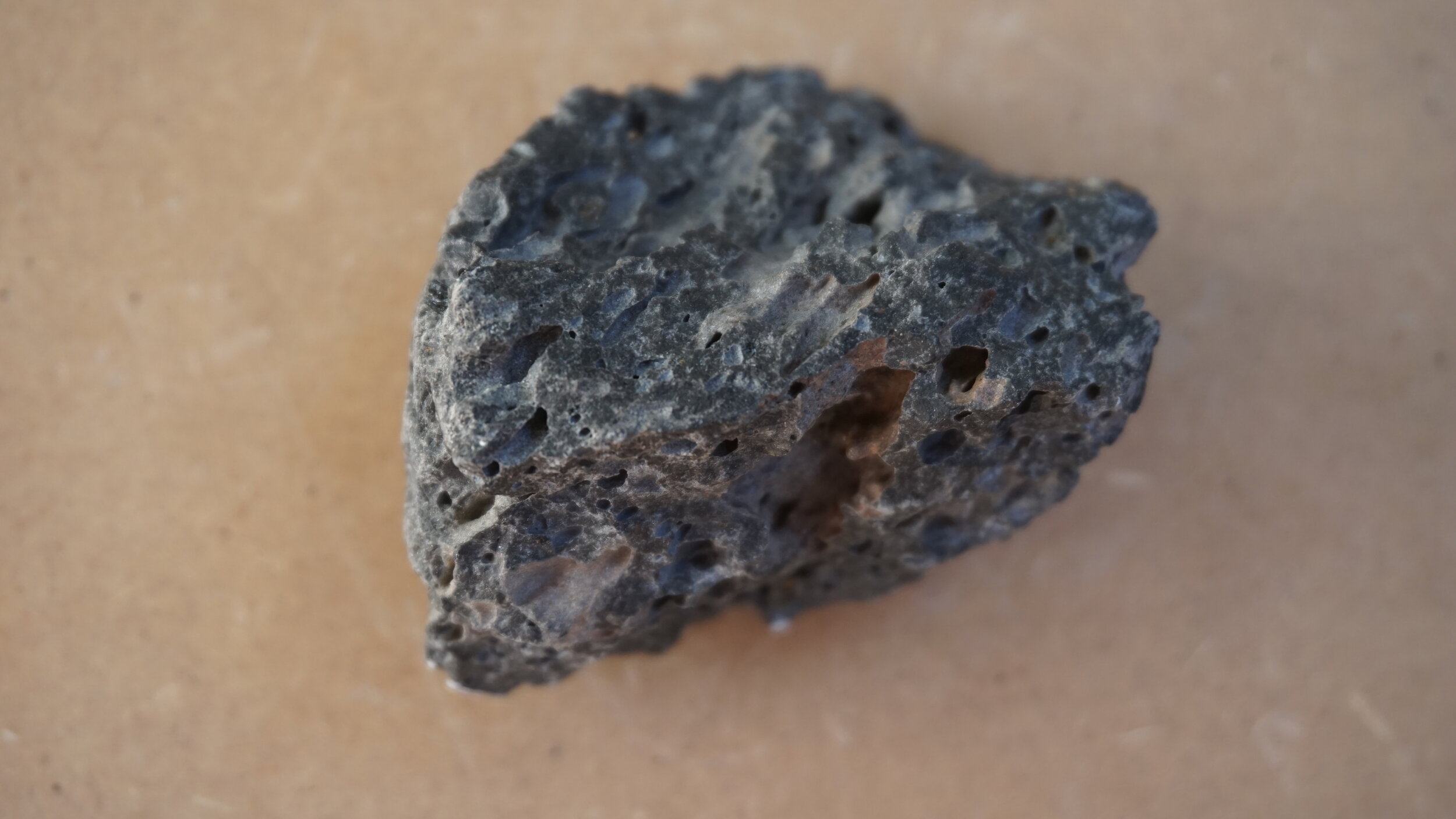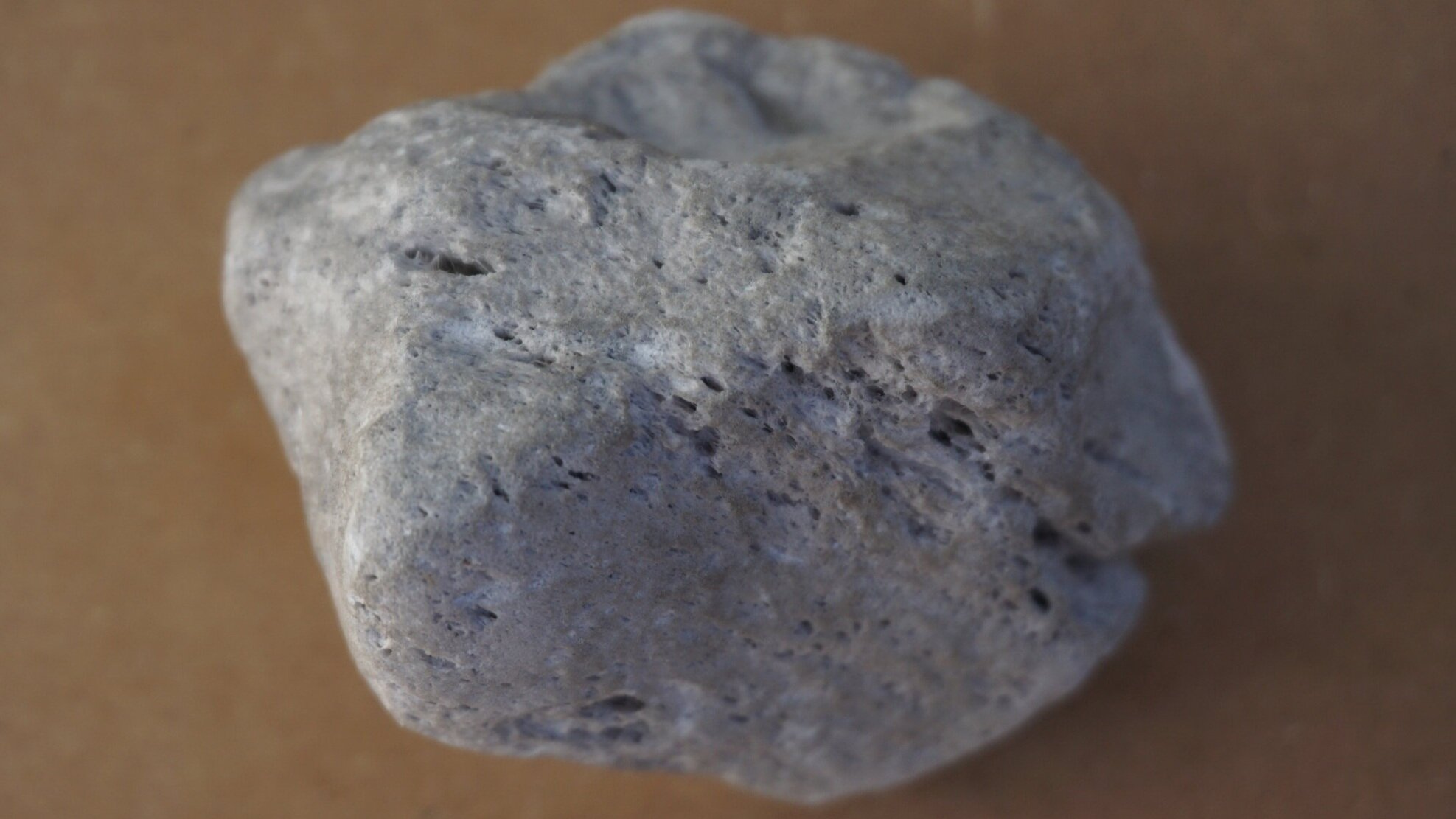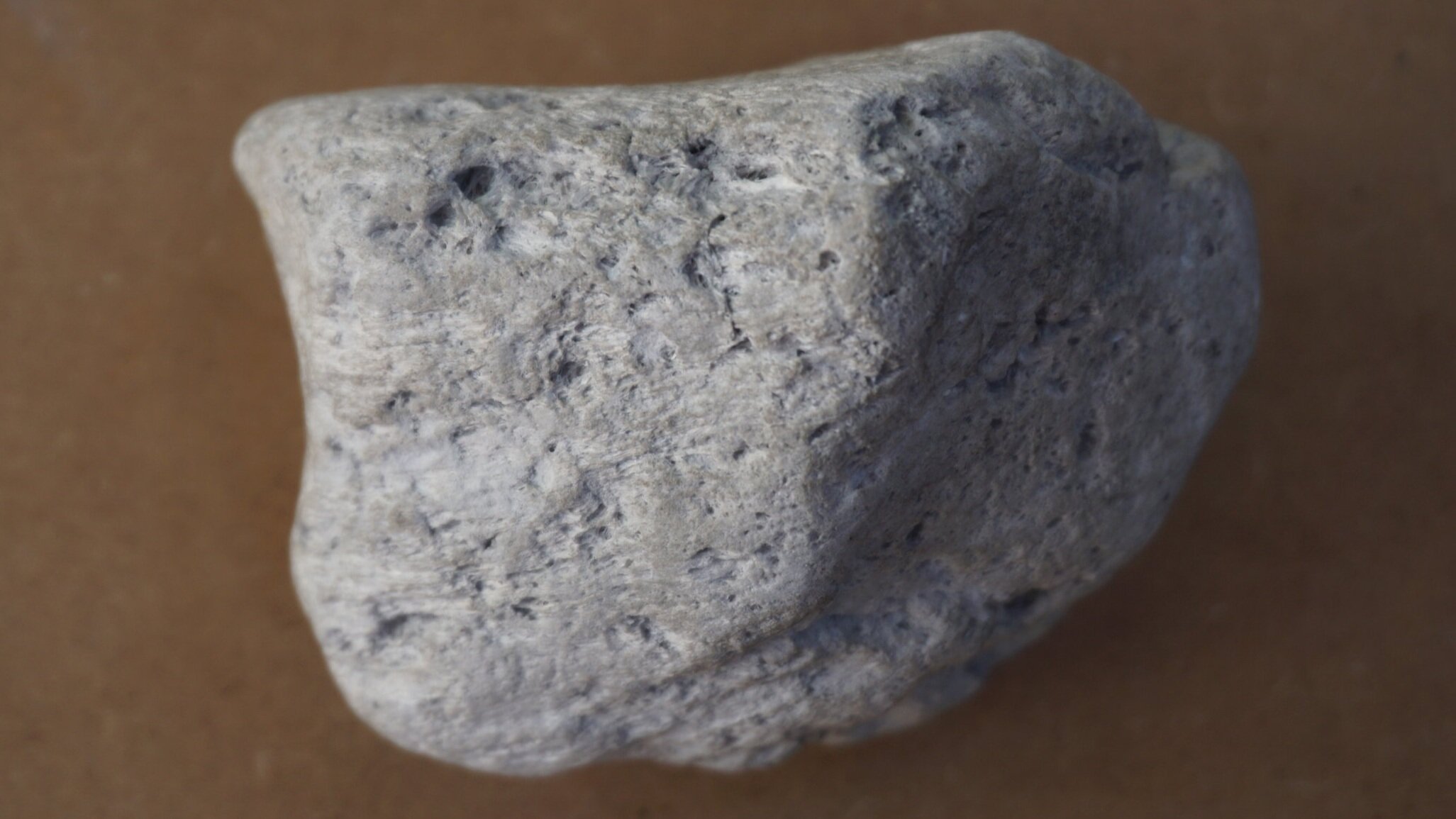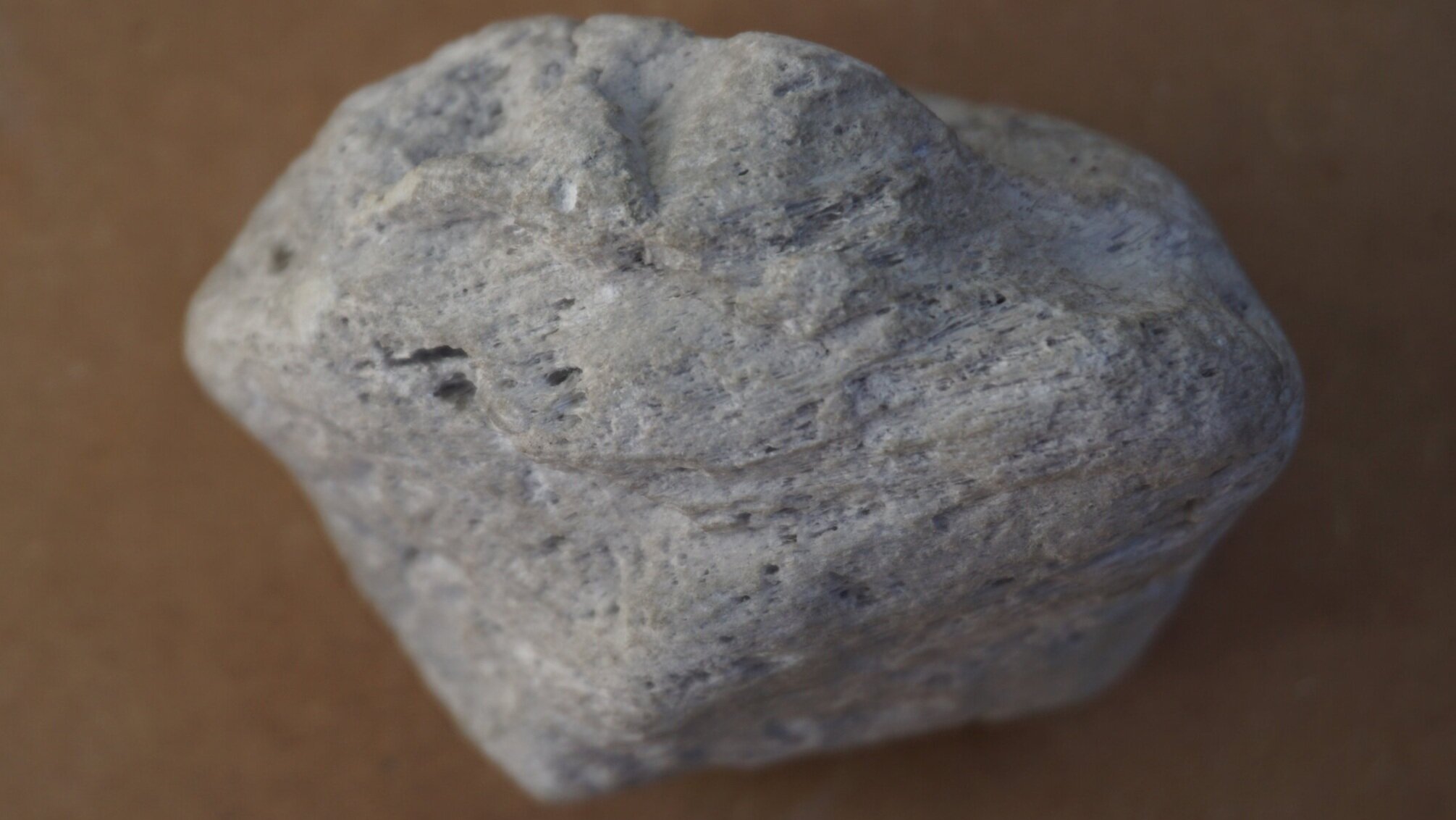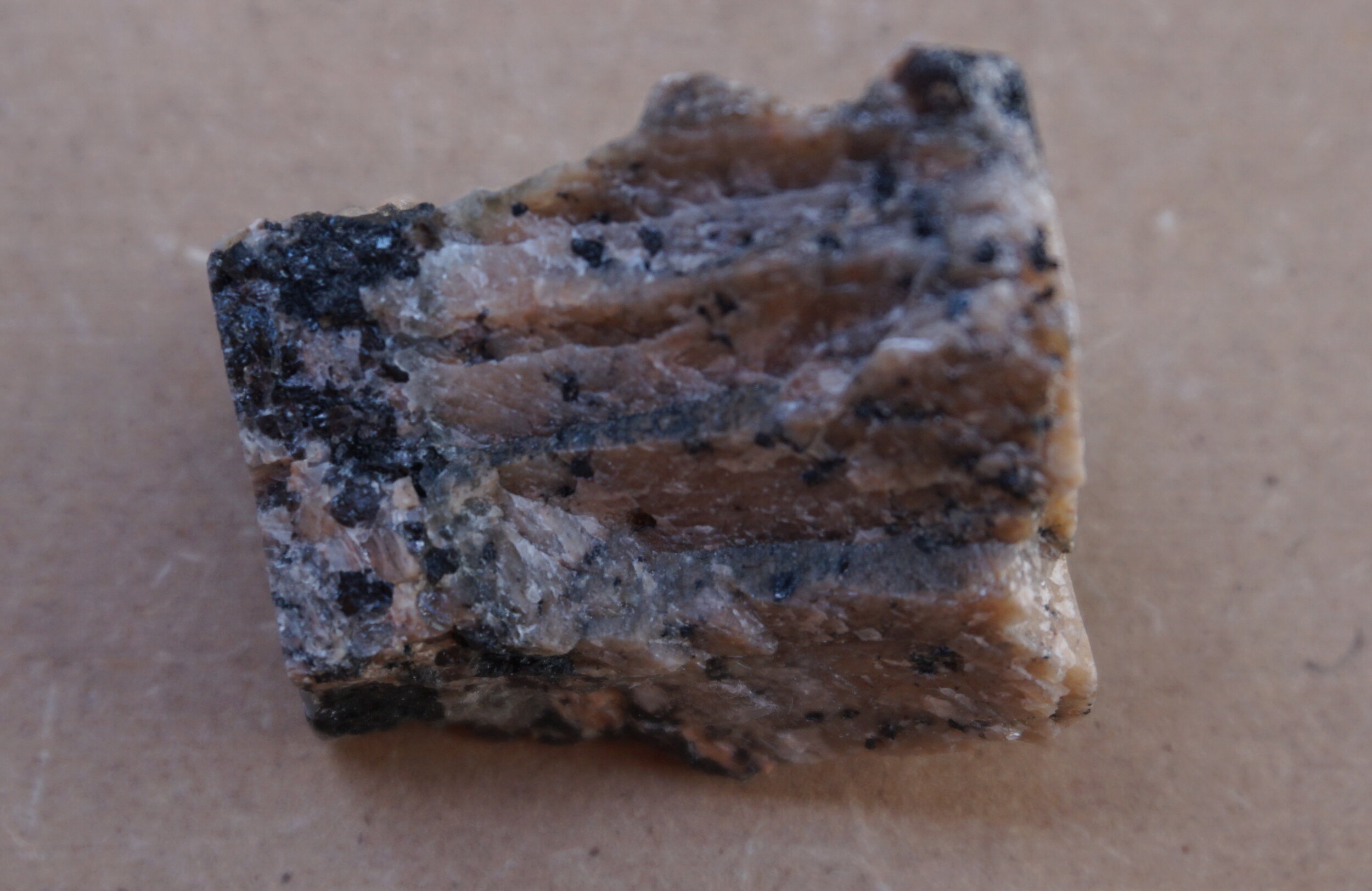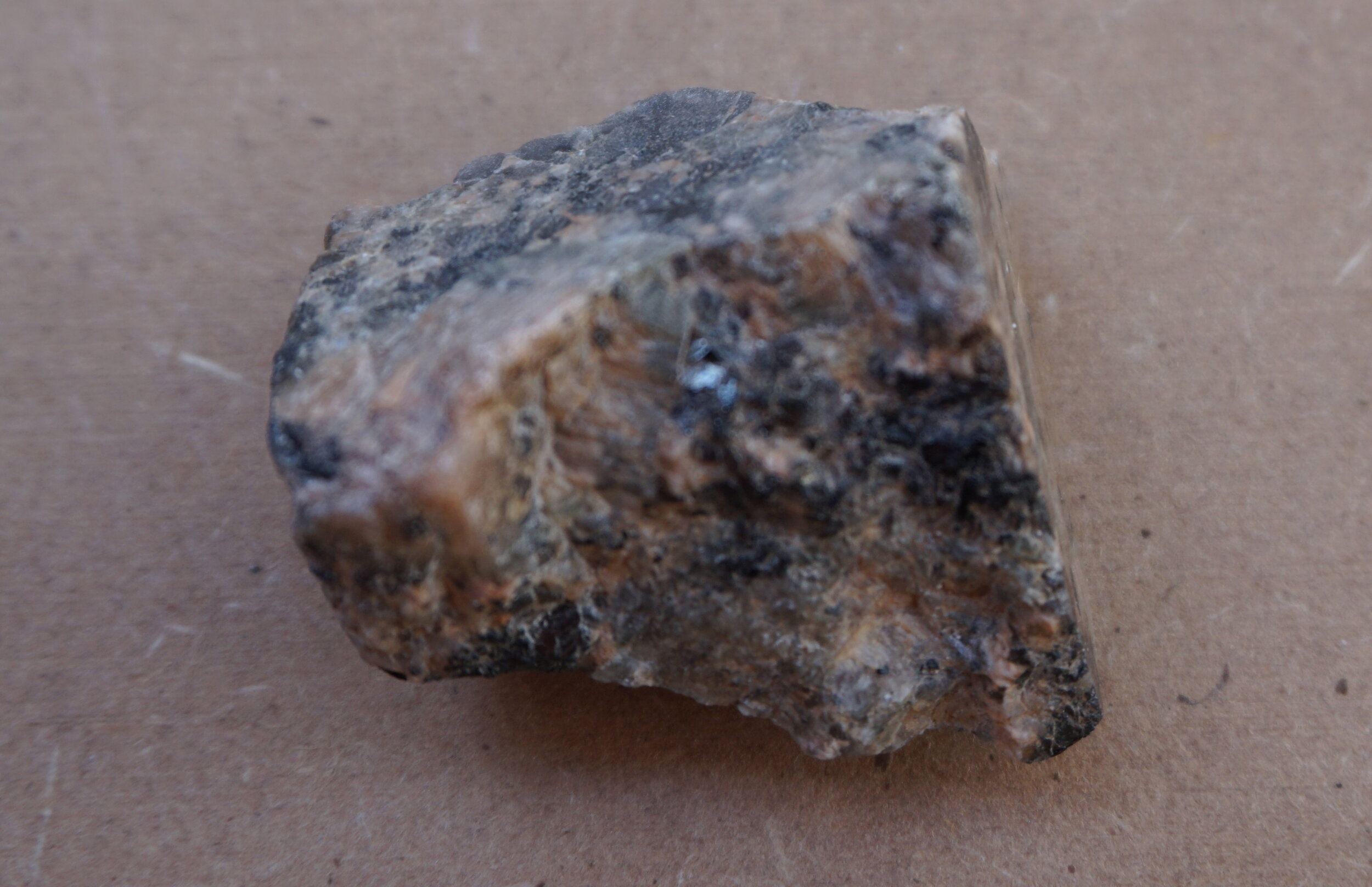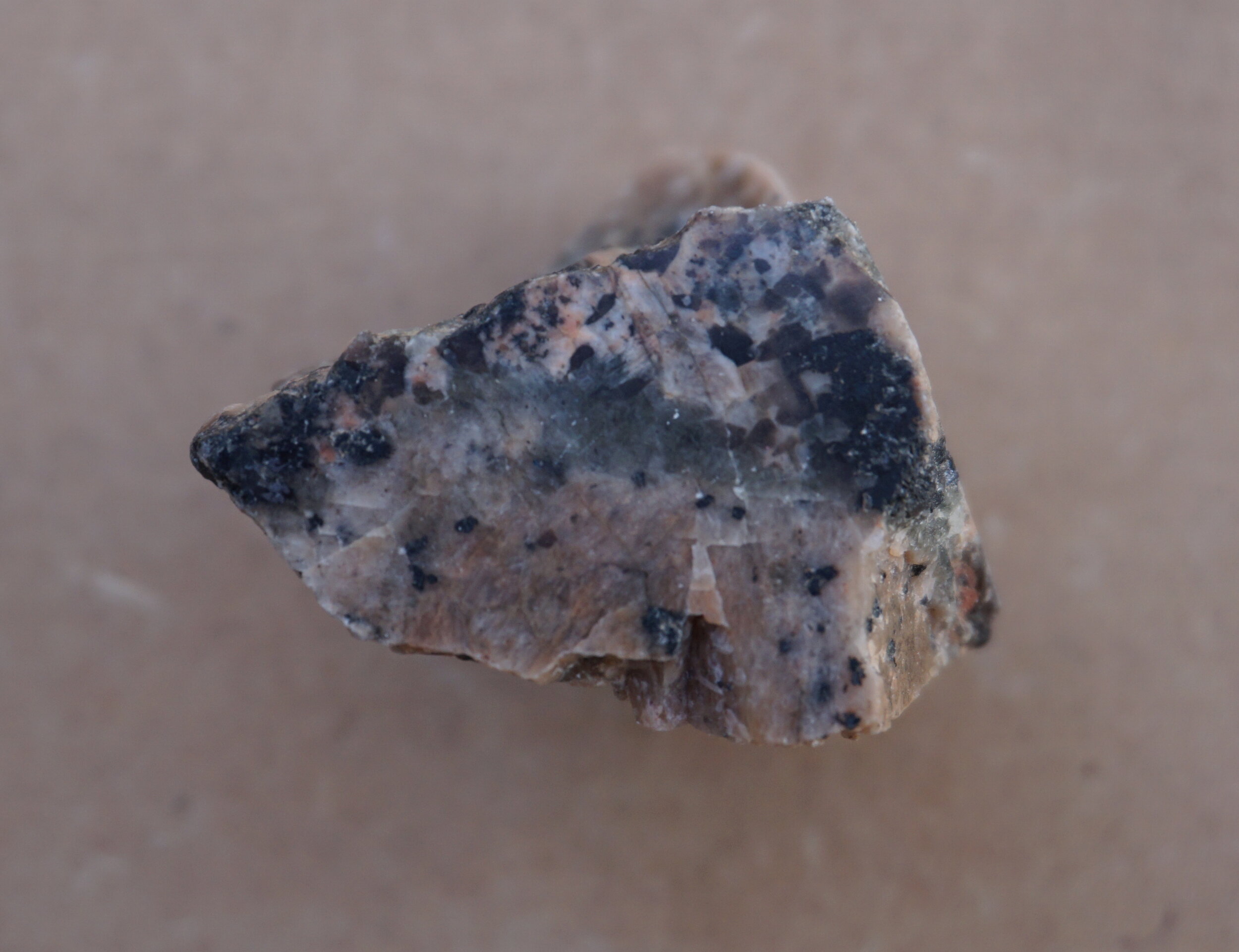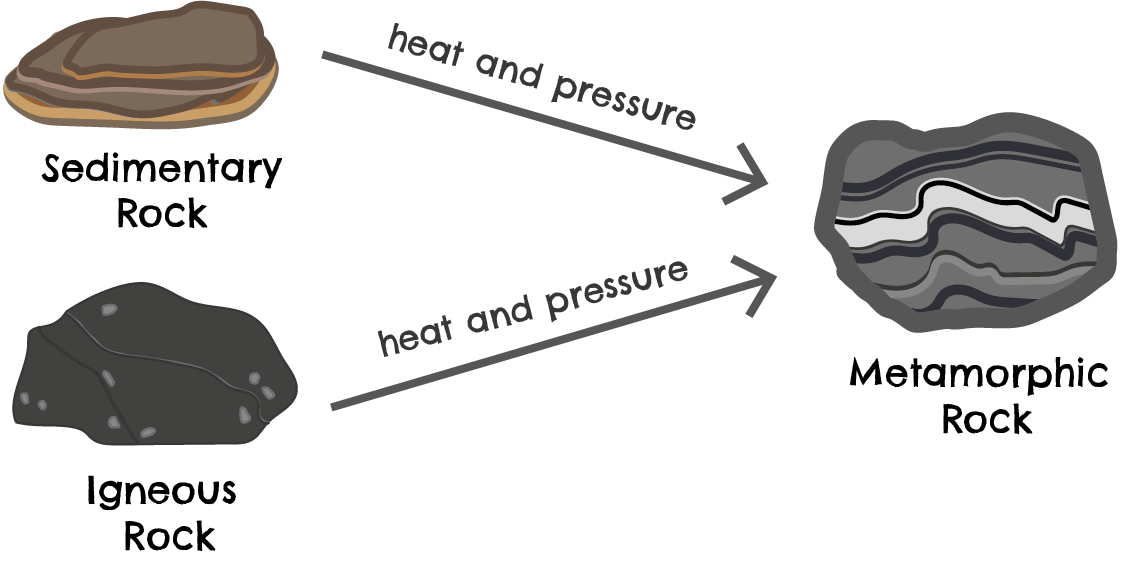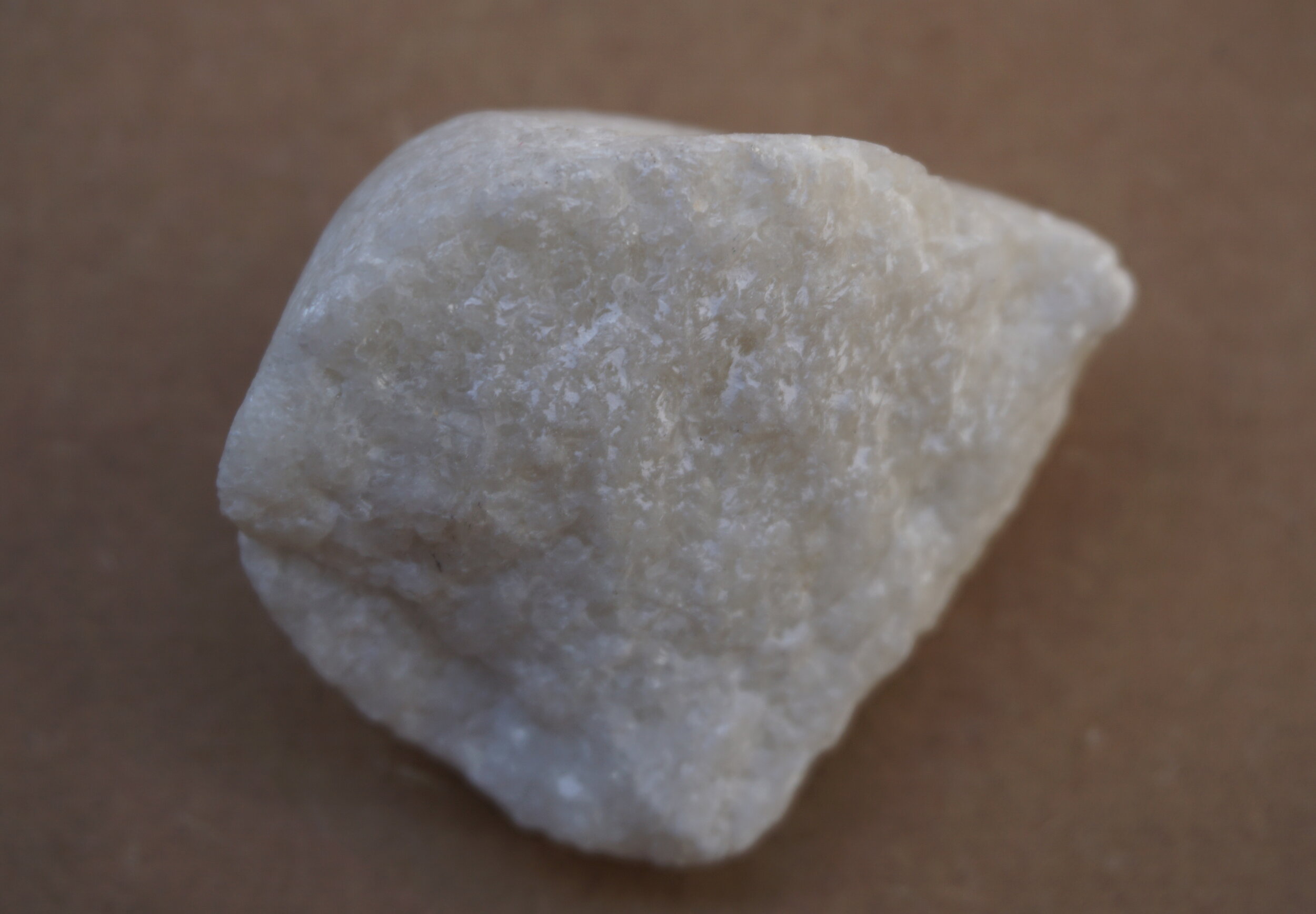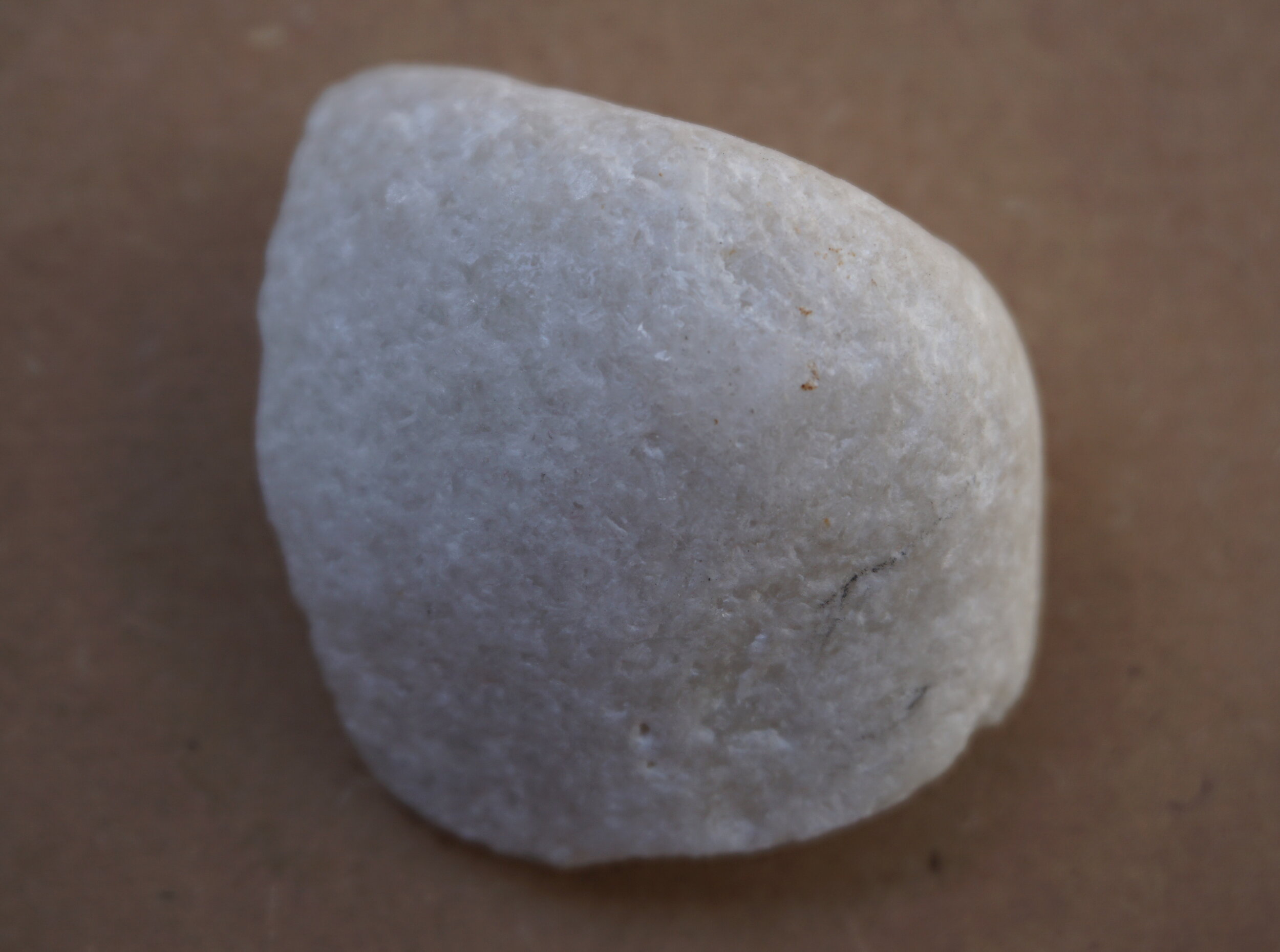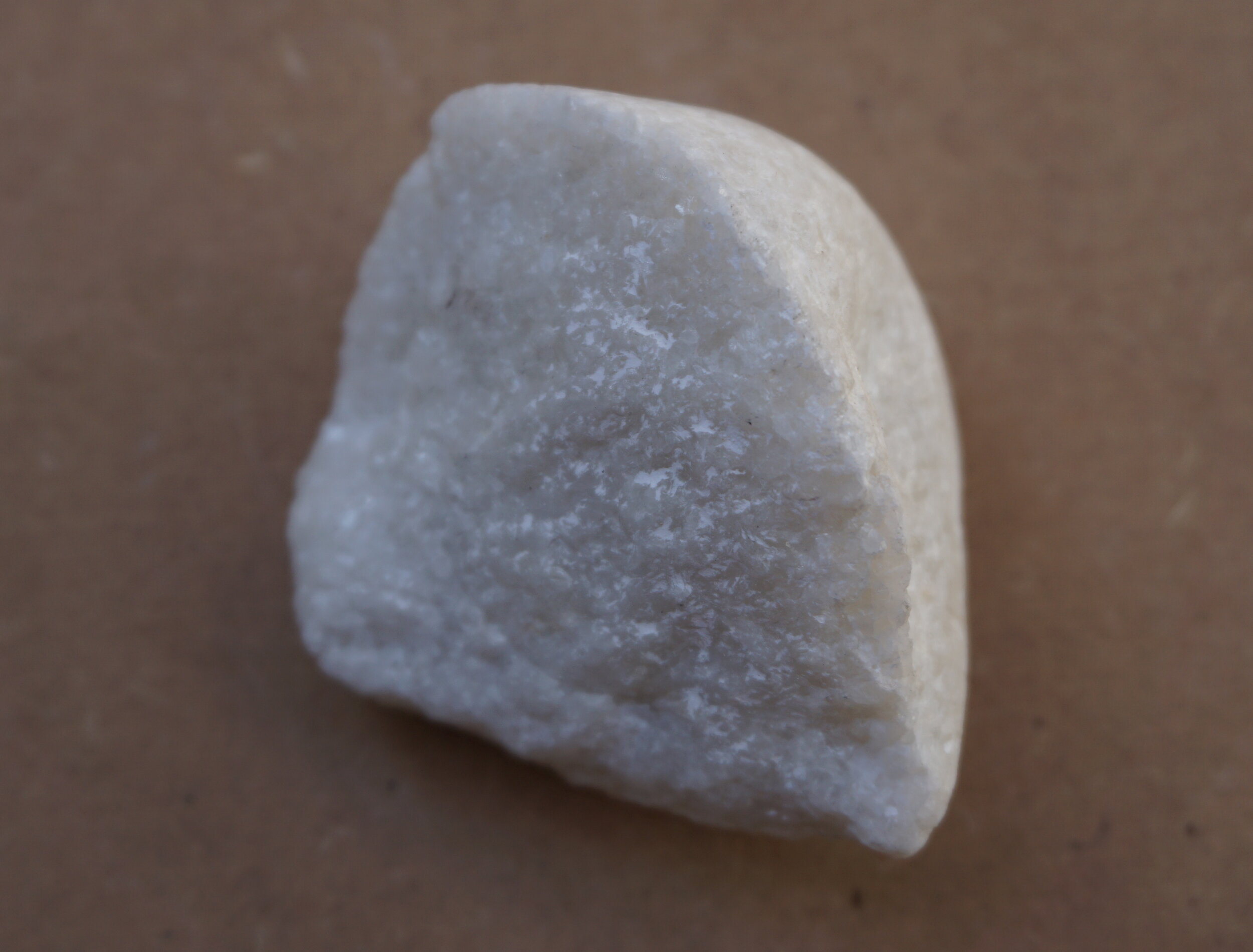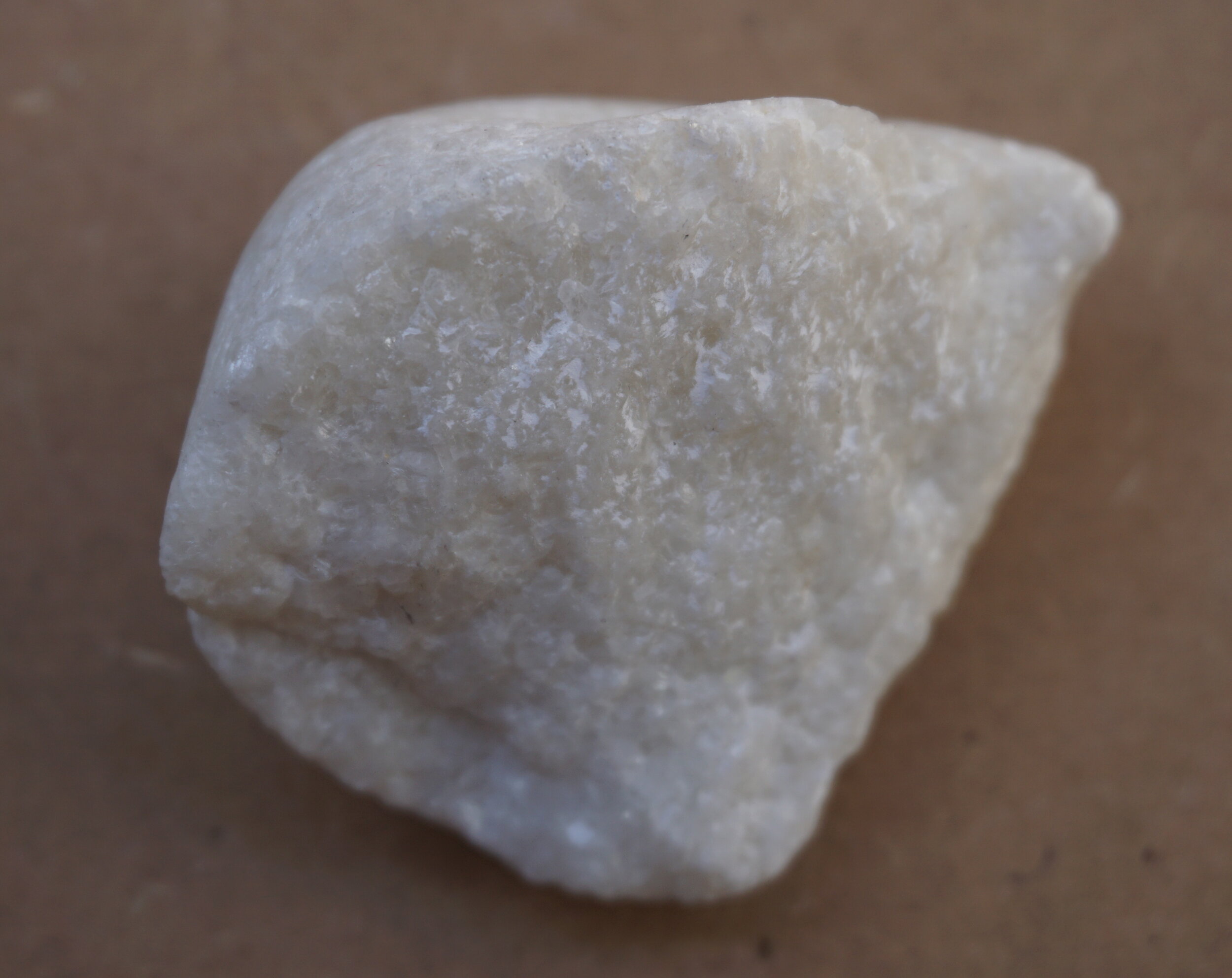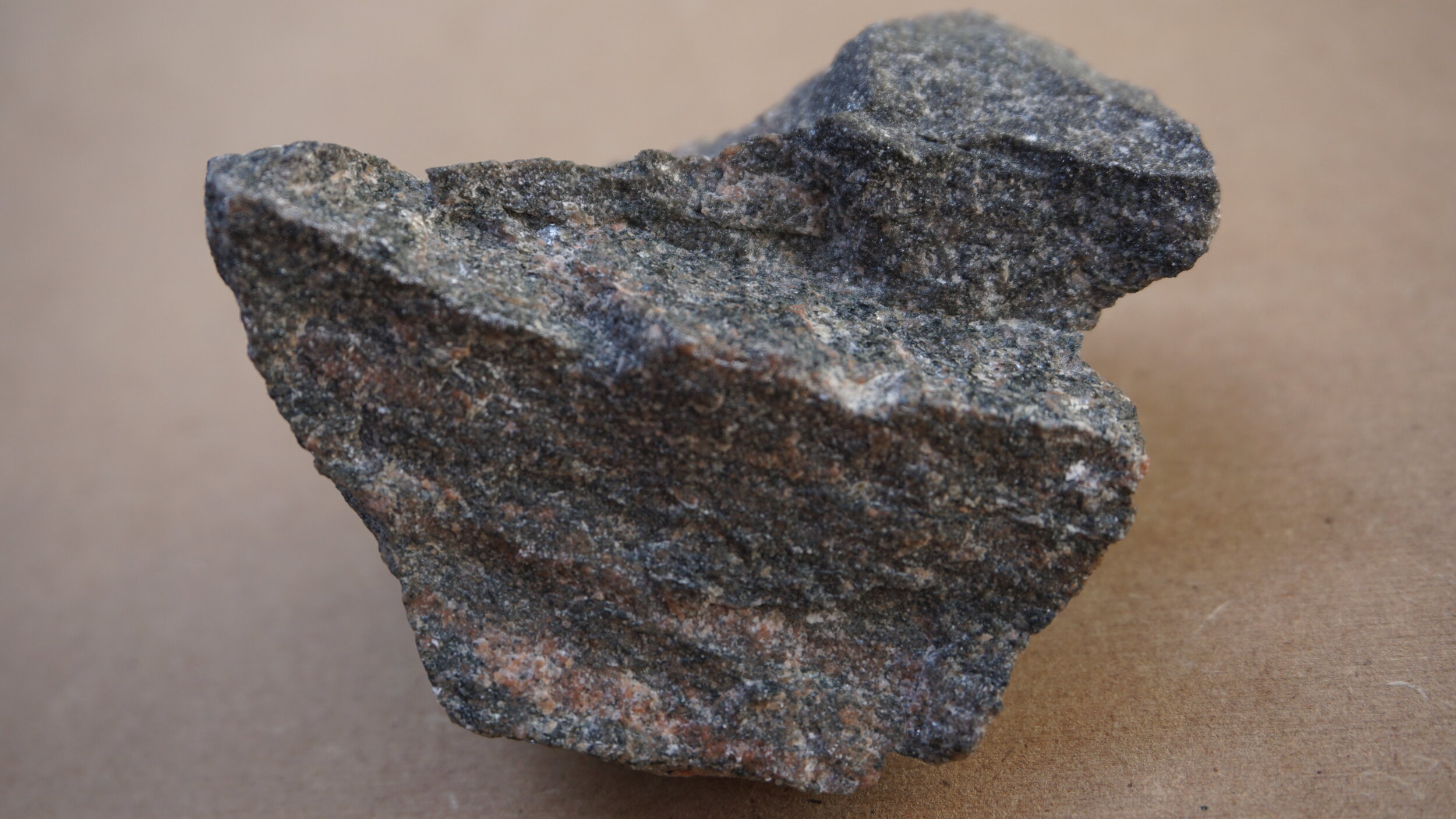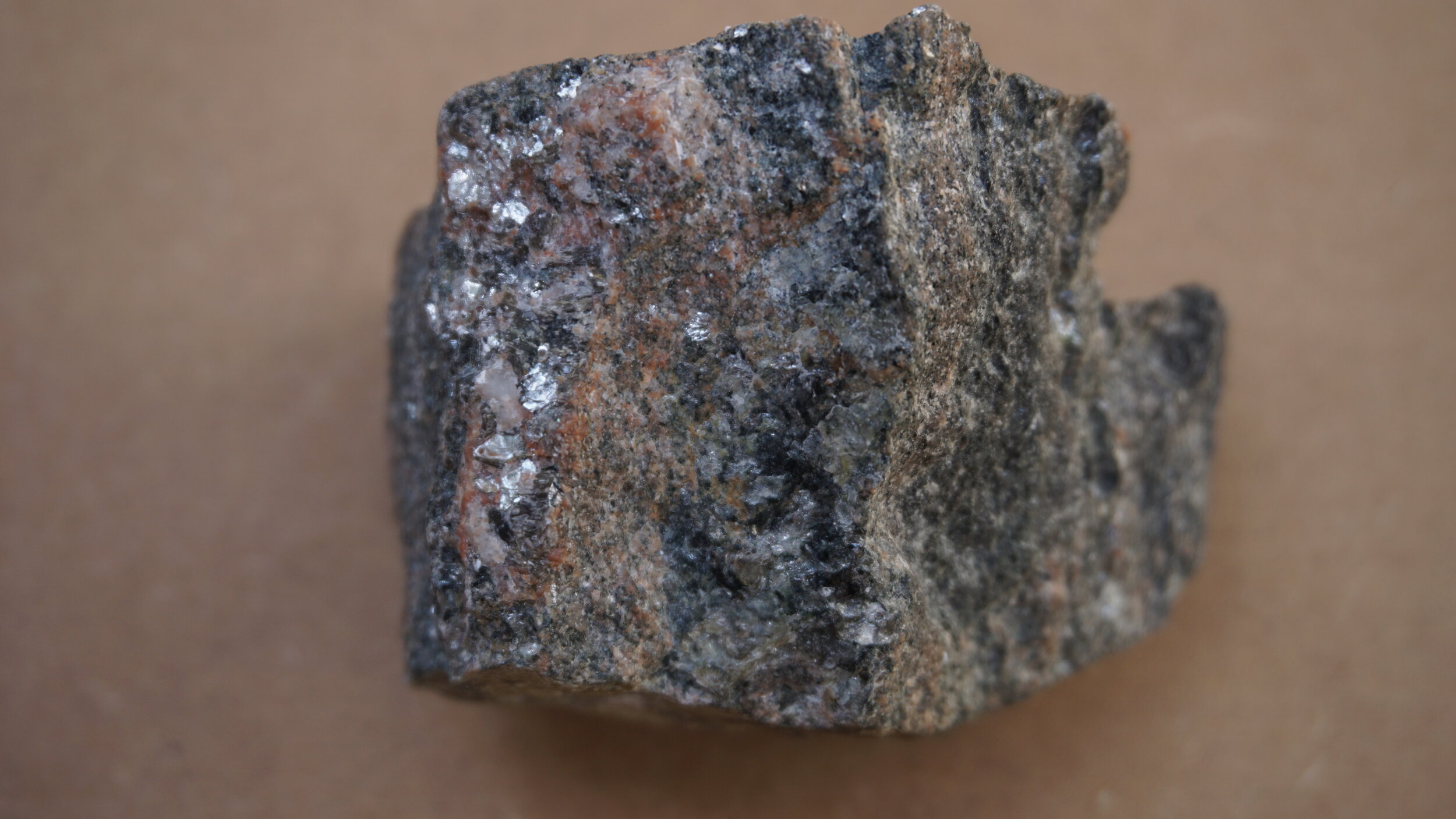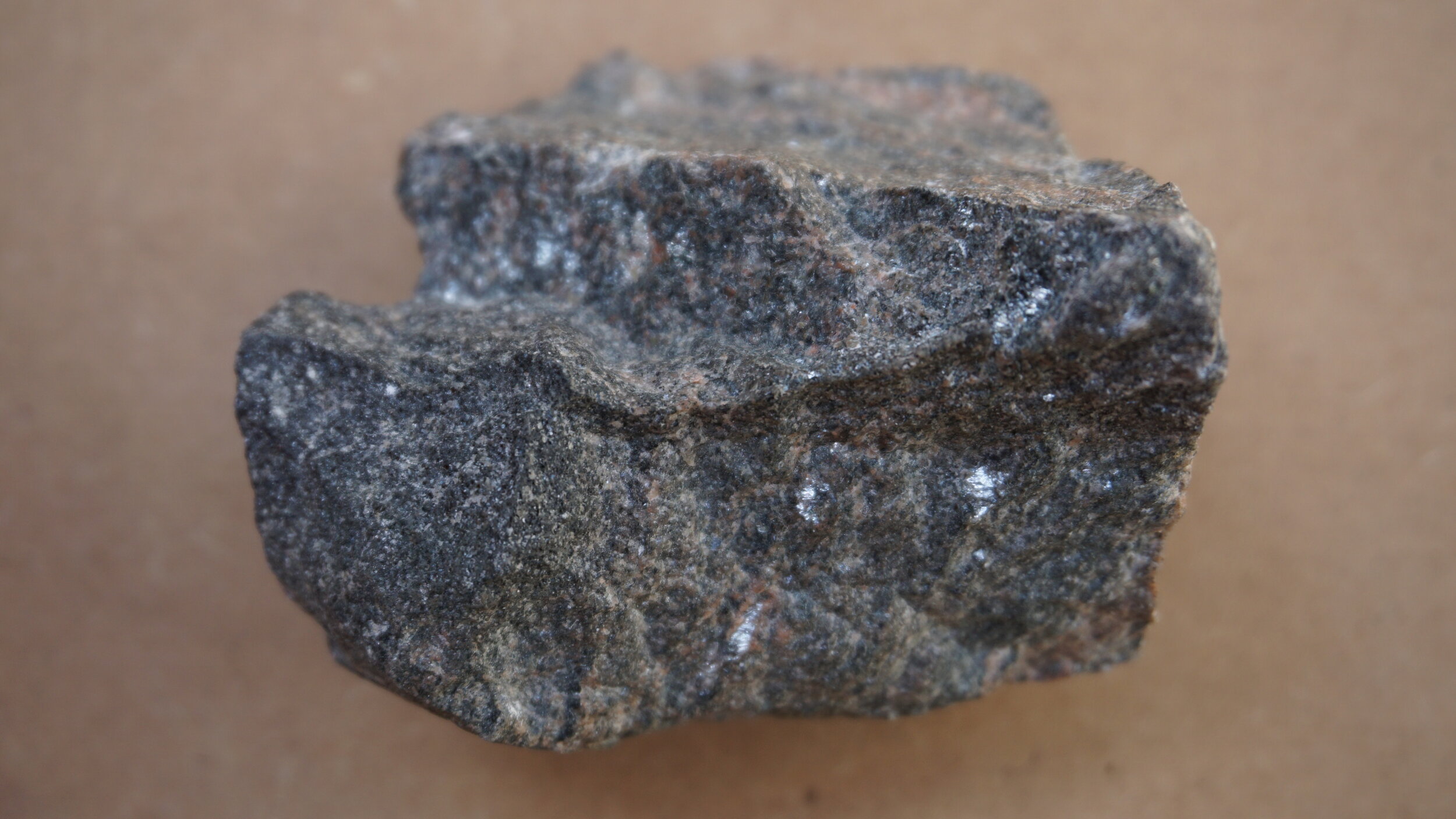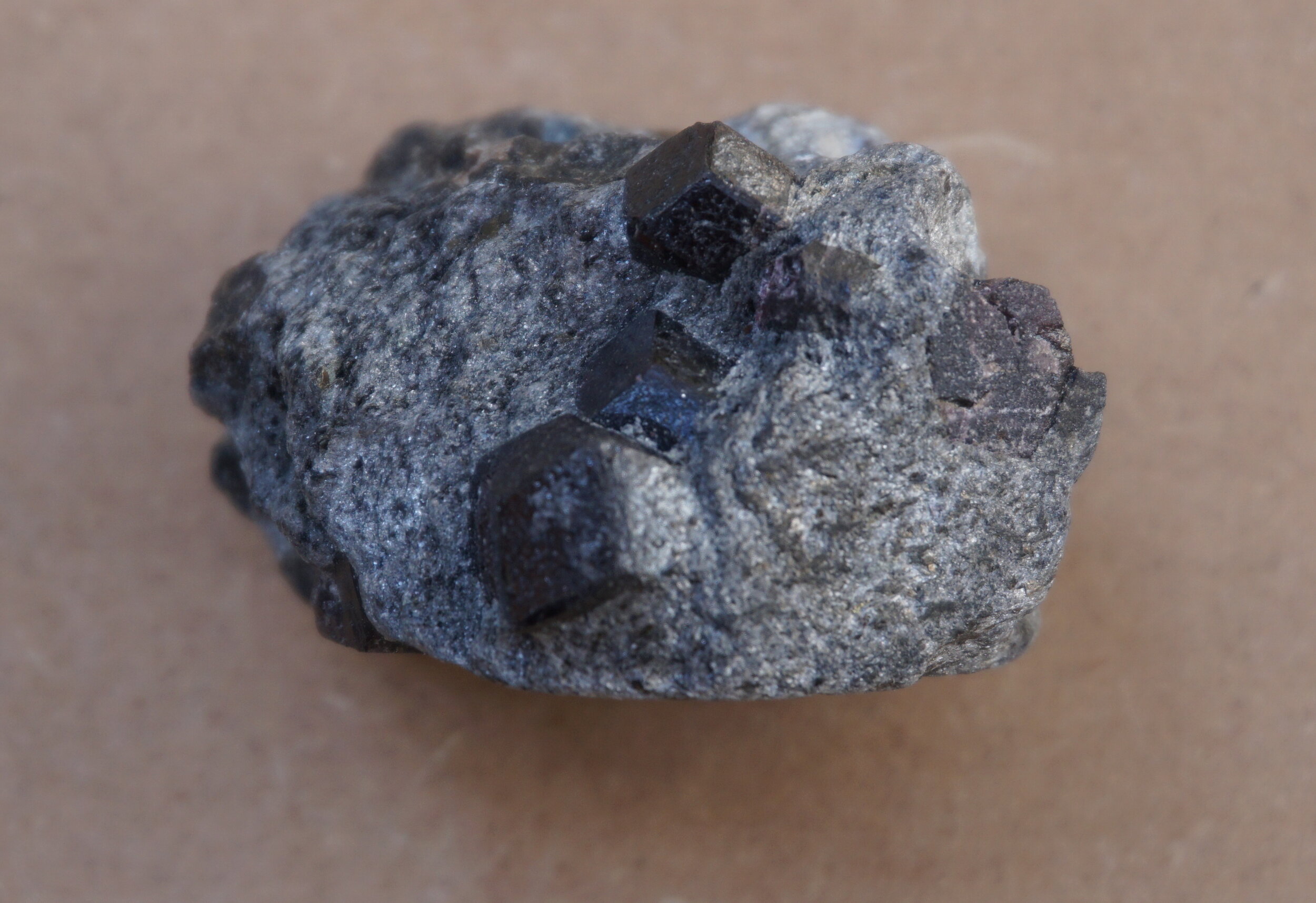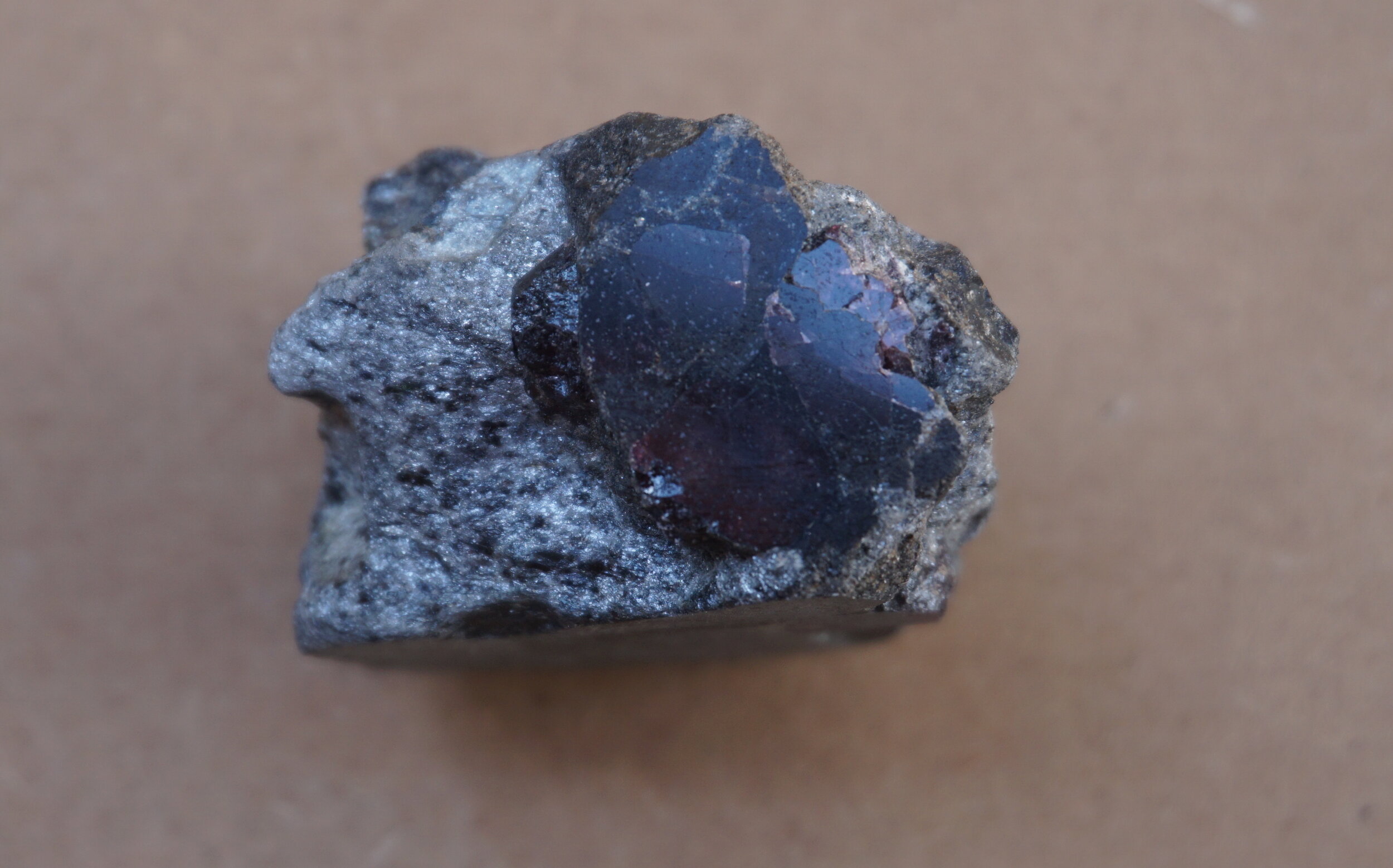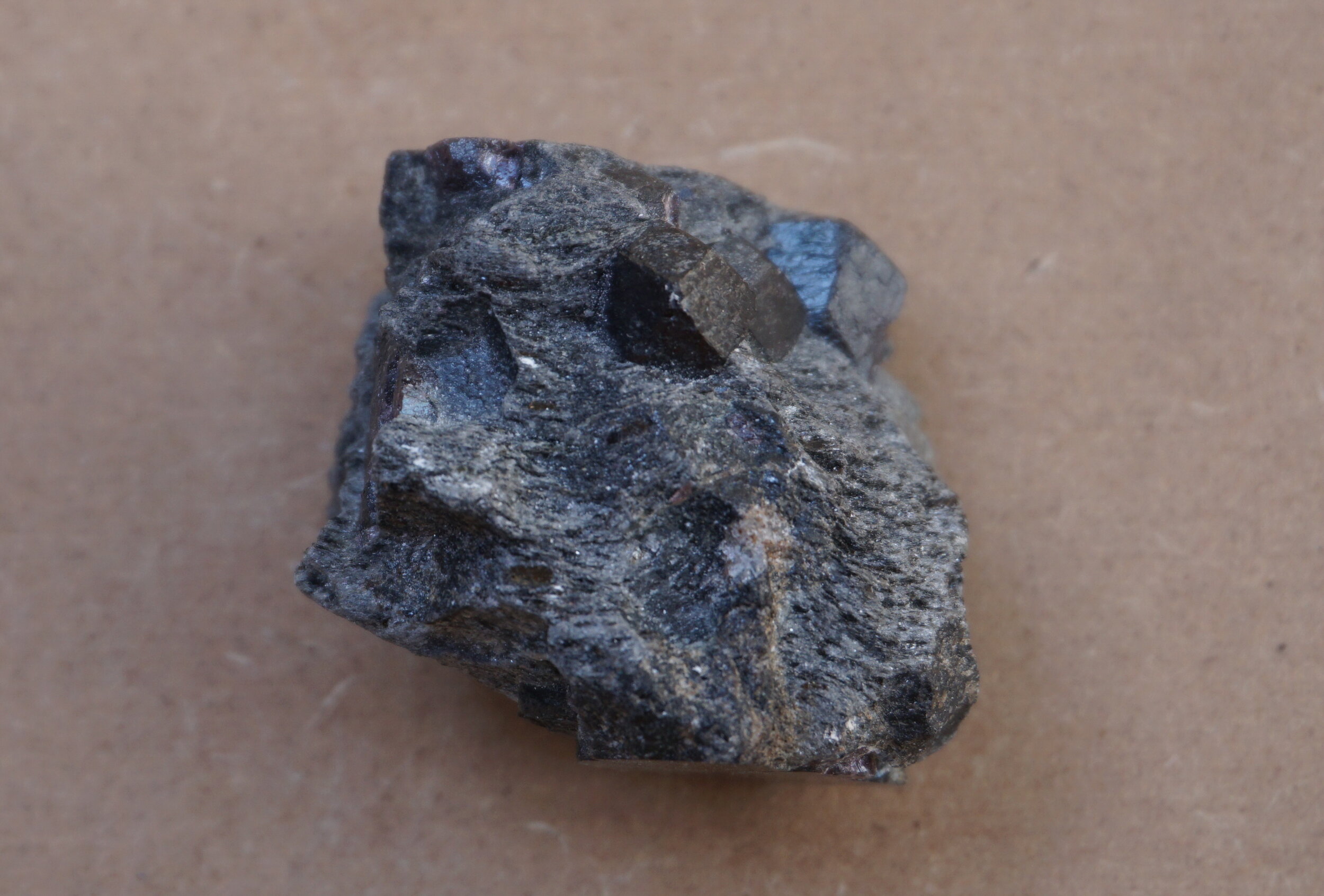ROCKS AND MINERALS
The study of rocks (also known as geology) is very important to the study of Earth Sciences, the Earth is mostly made of rock after all! We use rocks to build, to create art sculptures and are an important part of growing food, as as minerals are a key ingredient of soil.
The activities on this page are suitable for pupils in Key Stage 2 (Year 3 - Year 6) although younger students can have a go with the help of someone older.
Topics covered on this page:
The different types of rock and how they are formed, including activities to make your own edible sedimentary rock and build an erupting volcano.
Exploring the GeoBus rock collection and a rock description matching game.
Describing rocks, including a game to improve description skills.
Curriculum links:
Comparing and grouping together different kinds of rocks on the basis of their appearance and simple physical properties.
Working scientifically to observe, identify, and classify rocks according to whether they have grains or crystals, and whether they have fossils in them.
Exploring different kinds of rocks and soils, including those in the local environment.
YOU CAN FIND more rocks activities AS THE PART OF THE Rocks and minerals ACTIVITY PACK HERE.
*The rock cycle worksheet and activity pack has been updated to use correct key words
Different types of rock
There are three main types of rock: sedimentary, metamorphic and igneous.
Rocks are different because of differences in how they are formed, but all the rock types are linked through the rock cycle.
Explore the three main types of rock below, by looking at the rocks in the GeoBus collection, following the activities and testing your knowledge with the Rock Descriptions Name Game.
Sedimentary rocks
Sedimentary rocks are made from sediment which can include pebbles, rock fragments, and sand. Sedimentary rocks can also contain fossils, ranging from small pieces of shell to dinosaur remains!
GeoBus sedimentary rock collection
There are lots of different types of sedimentary rock. What they look like depends on what kind of sediment they are made from.
Explore some of the sedimentary rocks in the GeoBus collection below. Move your mouse over the top of the first image to find out more about that rock.
To learn more about sedimentary rocks and how they are made, use our instructions below to make an edible sedimentary rock using biscuits, chocolate and dried fruit!
Igneous rocks
Igneous rocks can be made from magma or lava.
Igneous rock can form from magma under the Earth’s surface. Magma is very hot molten rock that can harden when it cools underground, forming igneous rock.
Igneous rocks can also be formed on the surface of the Earth. When magma reaches the surface we call it lava. When the lava cools it hardens and becomes an igneous rock.
GeoBus igneous rock collection
There are lots of different types of igneous rock and what they look like depends where they formed.
Explore some of the igneous rocks in the GeoBus collection below. Move your mouse over the top of the first image to find out more about that rock.
Volcanoes are made from layers of igneous rocks. Use the worksheet below to find out how volcanoes grow by making your own erupting volcano!
Metamorphic rocks
Metamorphic rocks form when already existing rock (can be igneous, sedimentary or metamorphic) is put under pressure (squeezed) and heated underground.
When a rock is heated and put under pressure it changes into a metamorphic rock.
GeoBus metamorphic rock collection
There are lots of different types of metamorphic rock, and what they look like depends on what rock has been changed and how much heat and pressure has changed it.
Explore some of the metamorphic rocks in the GeoBus collection below. Move your mouse over the top of the first image to find out more about that rock.
Think you know your rocks?
Put your geology skills to the test and play our Rock Descriptions Name Game.
Describing Rocks
A geologist is a scientist who studies rocks, have a go at being a geologist with this activity!
Find a rock!
Try and find a rock at home, maybe you or someone in your family has a rock that they have collected that you could borrow? Or you could try looking outside in your garden, the park or on a walk. If you get your rock from outside, you might want to give it a quick wash. If you still can’t find one, then pick a rock from our collection above. The more interesting the rock you find, the better this activity will be!
Investigate!
Once you have your rock, you need to investigate. What does it look, feel or even smell like? Pay close attention to the colours in the rock and small details you notice. You could try describing it out loud to someone at home and see what they think – do they agree with your description?
If you struggled with describing you rock, or would like to work on your description skills, play our Object Description Game! Designed for students to play over video call, it’s a great way to have some fun with your classmates and friends.
3. Make a rock description!
When a geologist finds a rock, they will make a rock description, which includes a sketch to help others identify the rock. Use our Rock Description Worksheet below to make your very own geologists rock description. You can then use our Geoguide Booklet to help identify your rock.
Other things to do!
Still want to learn more about Earth sciences? Have a look at our other school resources by clicking on the button below to take you to our Home Resources page.


